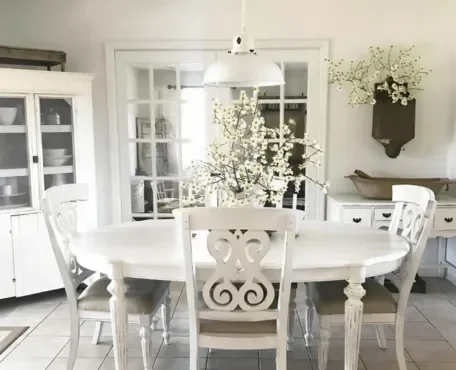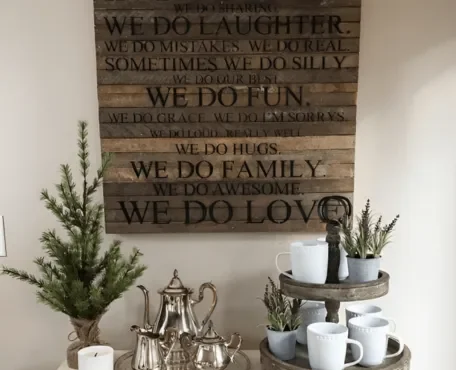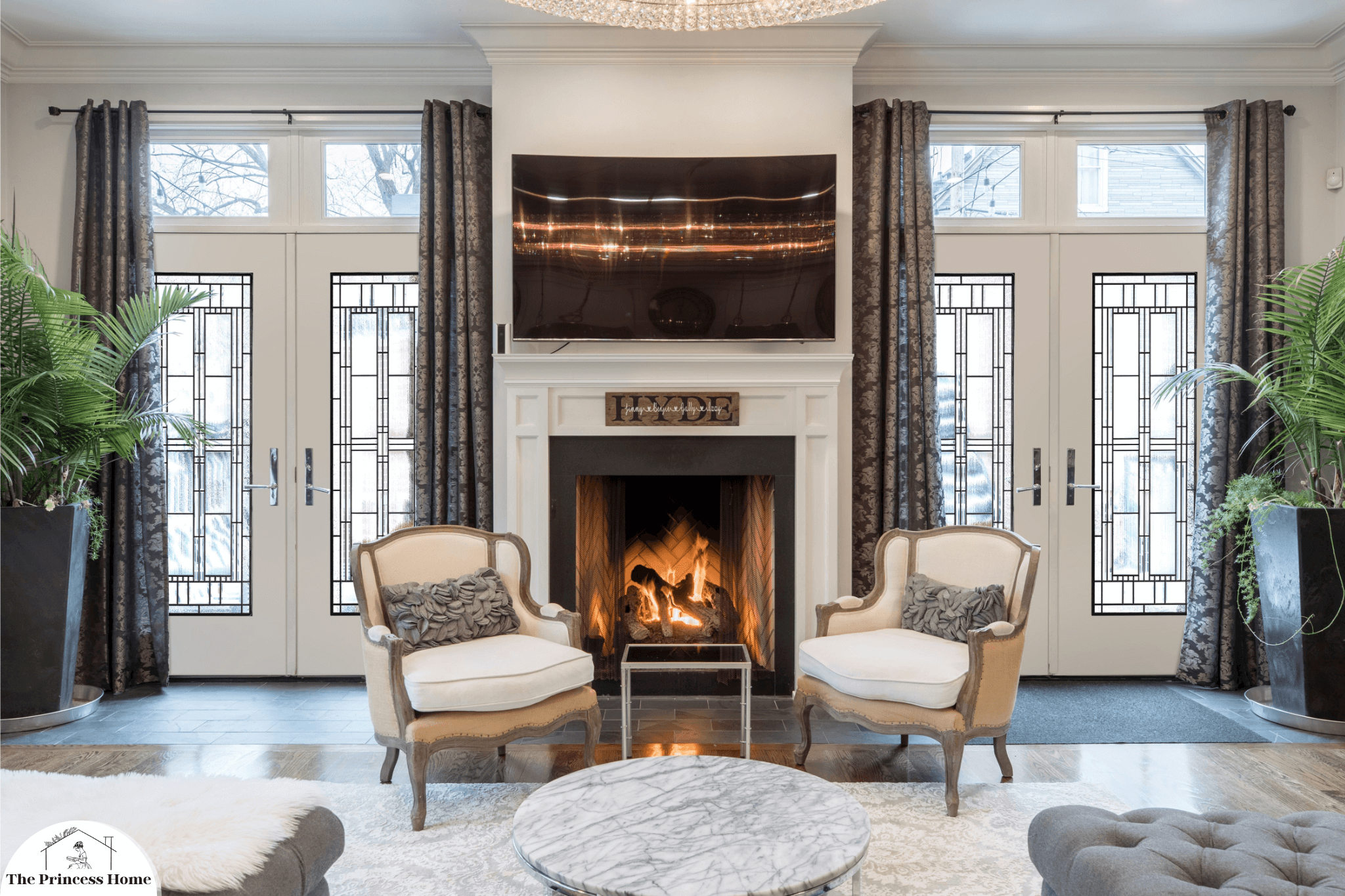
There’s nothing quite like the warmth and ambiance that a fireplace brings to a home. As the flames dance and the crackling sounds fill the air, the fireplace becomes a focal point of comfort and relaxation. However, ensuring a truly blissful fireside experience involves more than just lighting a fire. In this guide, we’ll explore the essential elements of enjoying your fireplace safely and comfortably, creating a haven of warmth and coziness in your living space.
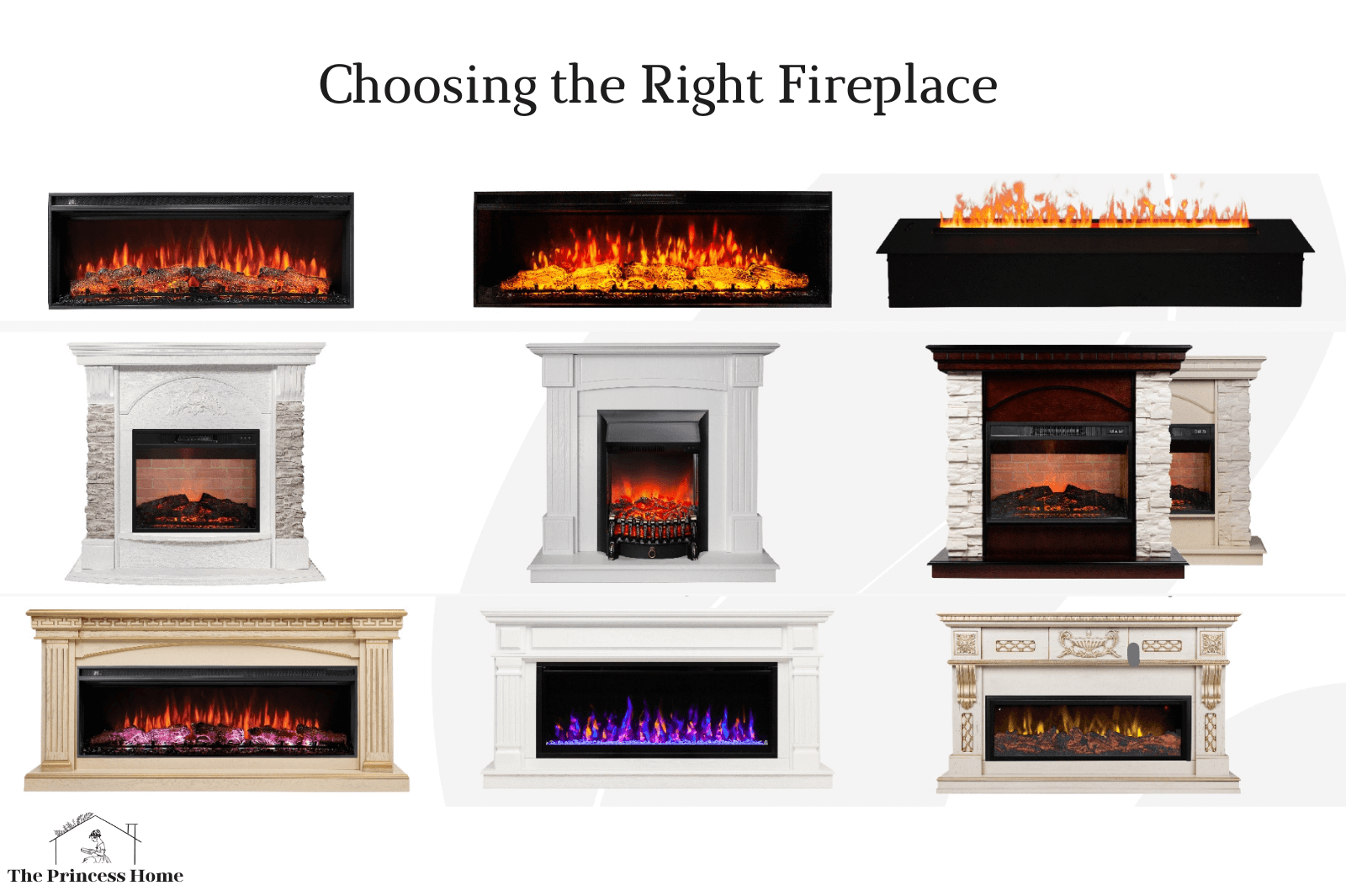
1.Choosing the Right Fireplace
Choosing the right fireplace for your home is a pivotal decision that can significantly impact your living space’s comfort, aesthetics, and functionality. With various options available, including traditional wood-burning fireplaces, gas fireplaces, and modern electric fireplaces, it’s essential to assess your lifestyle, heating needs, and personal preferences before making a choice. Let’s delve into the considerations for each type of fireplace to help you make an informed decision.
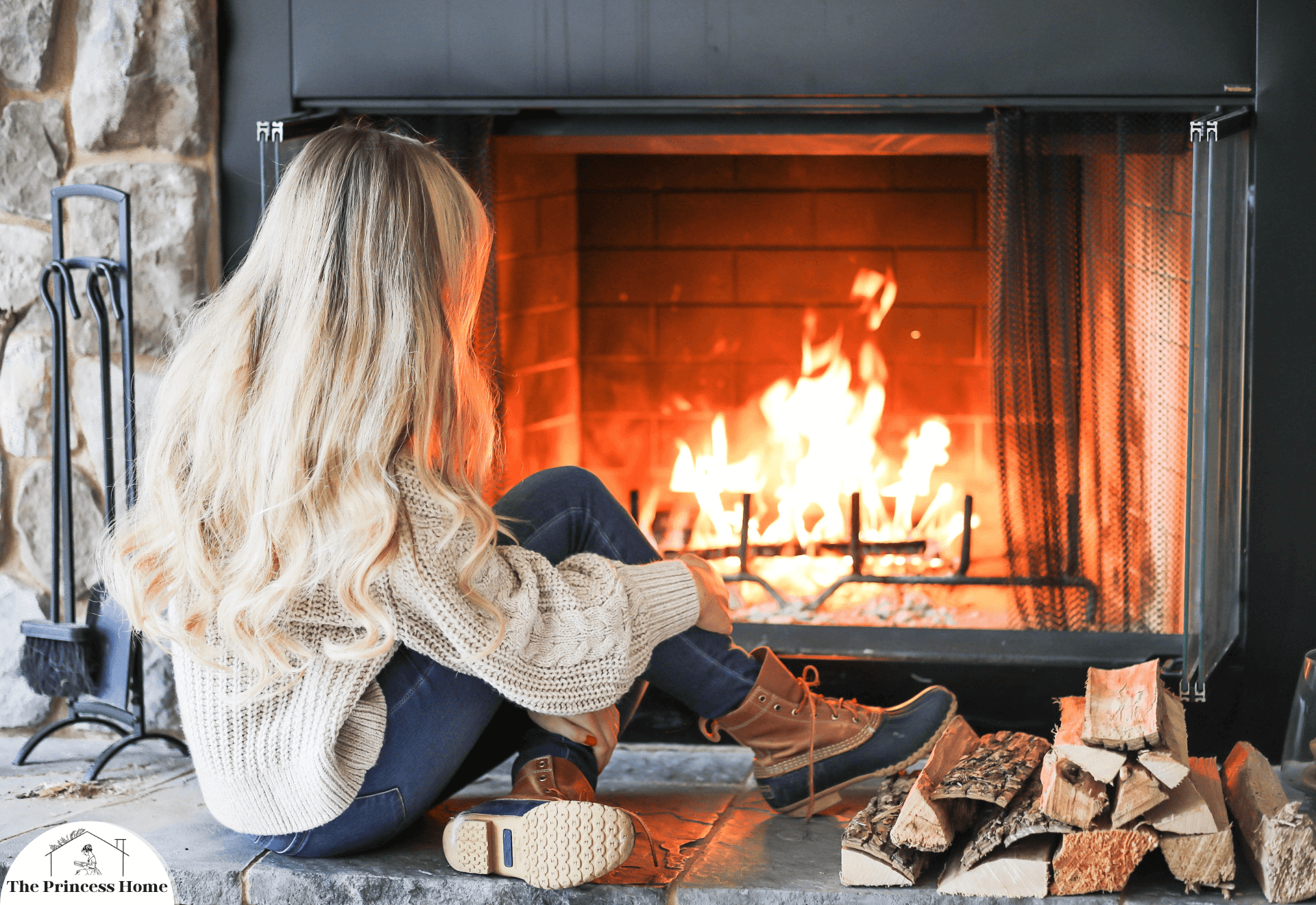
1.Traditional Wood-Burning Fireplace
Charm and Authenticity:
- Wood-burning fireplaces exude a timeless charm and authenticity. The crackling sounds, the scent of burning wood, and the dancing flames create a traditional and cozy atmosphere.
Considerations:
- Consider the availability and cost of firewood in your area. Wood-burning fireplaces require regular maintenance, including chimney cleaning to remove creosote buildup. Ensure your home’s structure can accommodate the necessary ventilation and safety measures.
Ideal For:
- Those who appreciate the classic ambiance of a real wood fire and are willing to invest time and effort into maintenance.
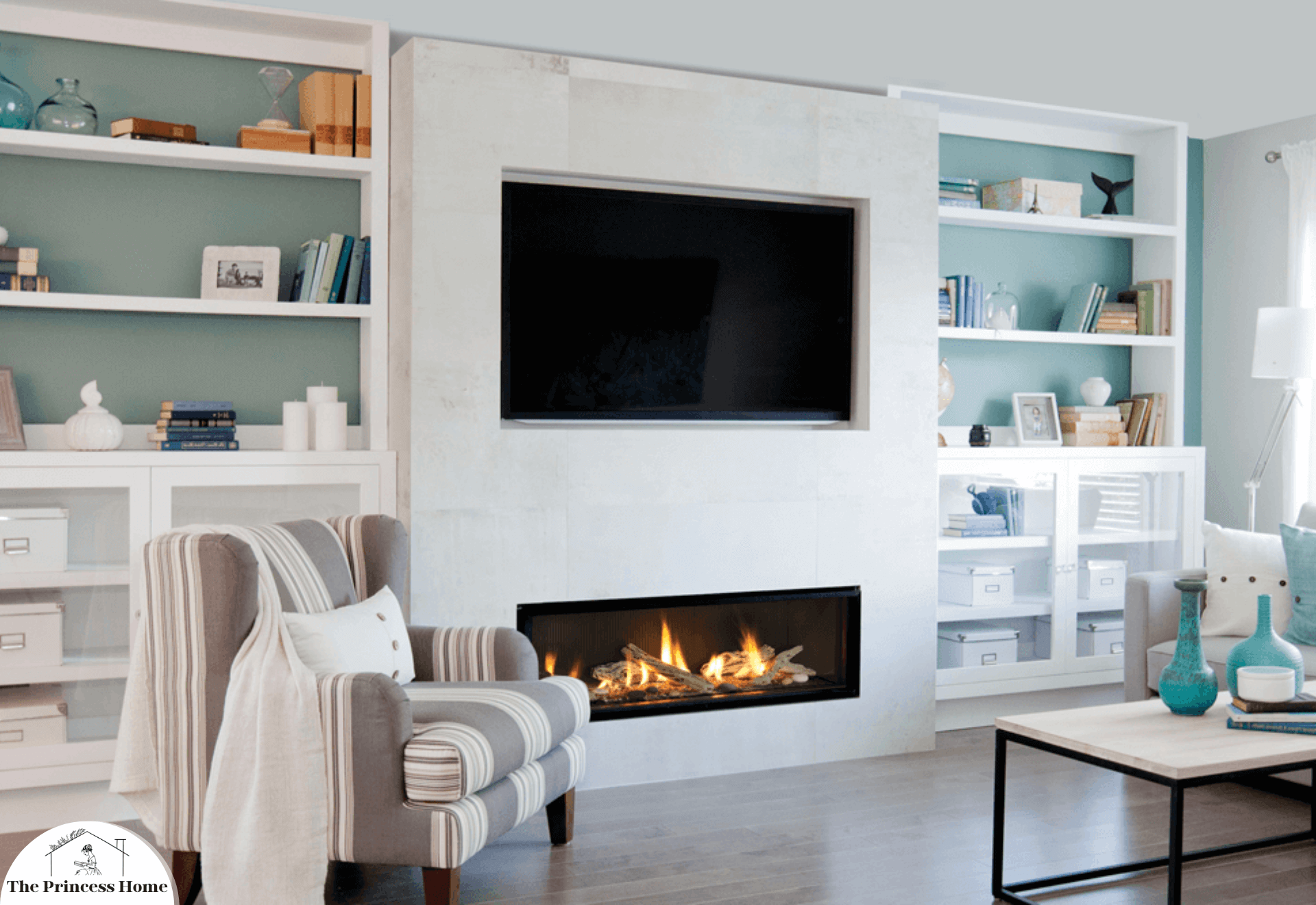
2. Gas Fireplace
Convenience and Control:
- Gas fireplaces offer the convenience of instant heat at the flip of a switch or press of a remote control button. They provide precise control over flame intensity and heat output.
Considerations:
- Installation of a gas fireplace may require a gas line connection, which should be handled by a professional. Regular inspections and maintenance are necessary to ensure safe and efficient operation.
Ideal For:
- Individuals seeking the convenience of a fireplace without the hassles of wood handling and cleanup. Those who value efficient heating and control over the fire.
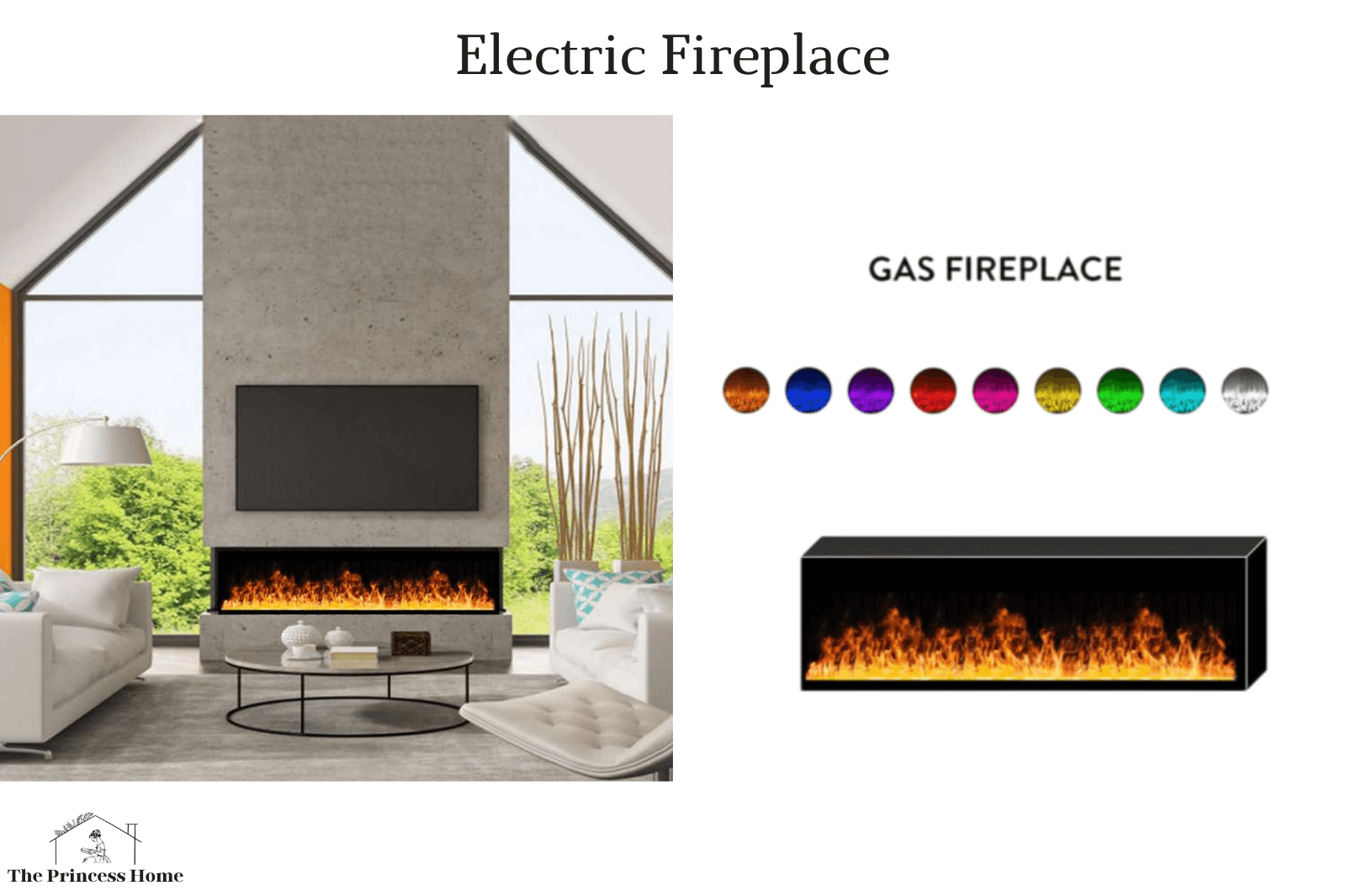
3. Electric Fireplace
Versatility and Energy Efficiency:
- Electric fireplaces are versatile and can be easily installed in various locations within a home. They are energy-efficient, often allowing users to enjoy the ambiance without the heat during warmer seasons.
Considerations:
- While electric fireplaces require minimal maintenance, the initial cost may be higher than other options. They depend on electricity, so a power source is essential. Some people find the flame effects less realistic than those of traditional fireplaces.
Ideal For:
- Those looking for a hassle-free and energy-efficient solution with the flexibility to move the fireplace to different rooms. Individuals who prioritize safety and easy installation.
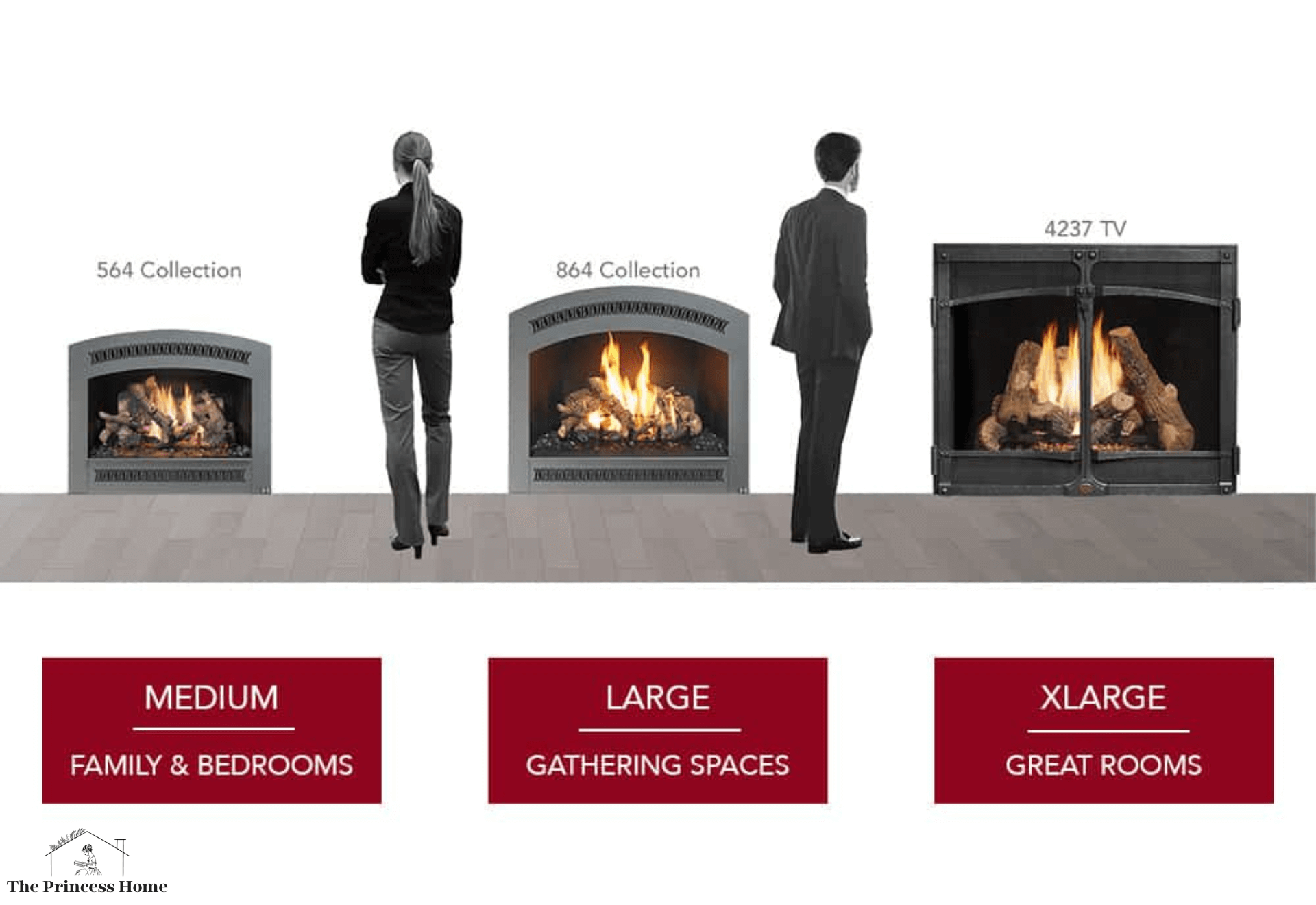
4.Assessing Your Lifestyle and Heating Needs
Heating Requirements:
Evaluate whether you primarily seek a heating source or if the fireplace is mainly for ambiance. Wood-burning fireplaces provide substantial heat, while gas and electric options offer more controlled heating.
Frequency of Use:
Consider how often you plan to use the fireplace. If you desire a regular, traditional experience, a wood-burning fireplace might be ideal. For occasional use with convenience, a gas or electric fireplace could be more suitable.
Aesthetic Preferences
Your personal taste plays a significant role. Some individuals prefer the rustic charm of a wood-burning fireplace, while others may appreciate the sleek design and modern features of gas or electric fireplaces.
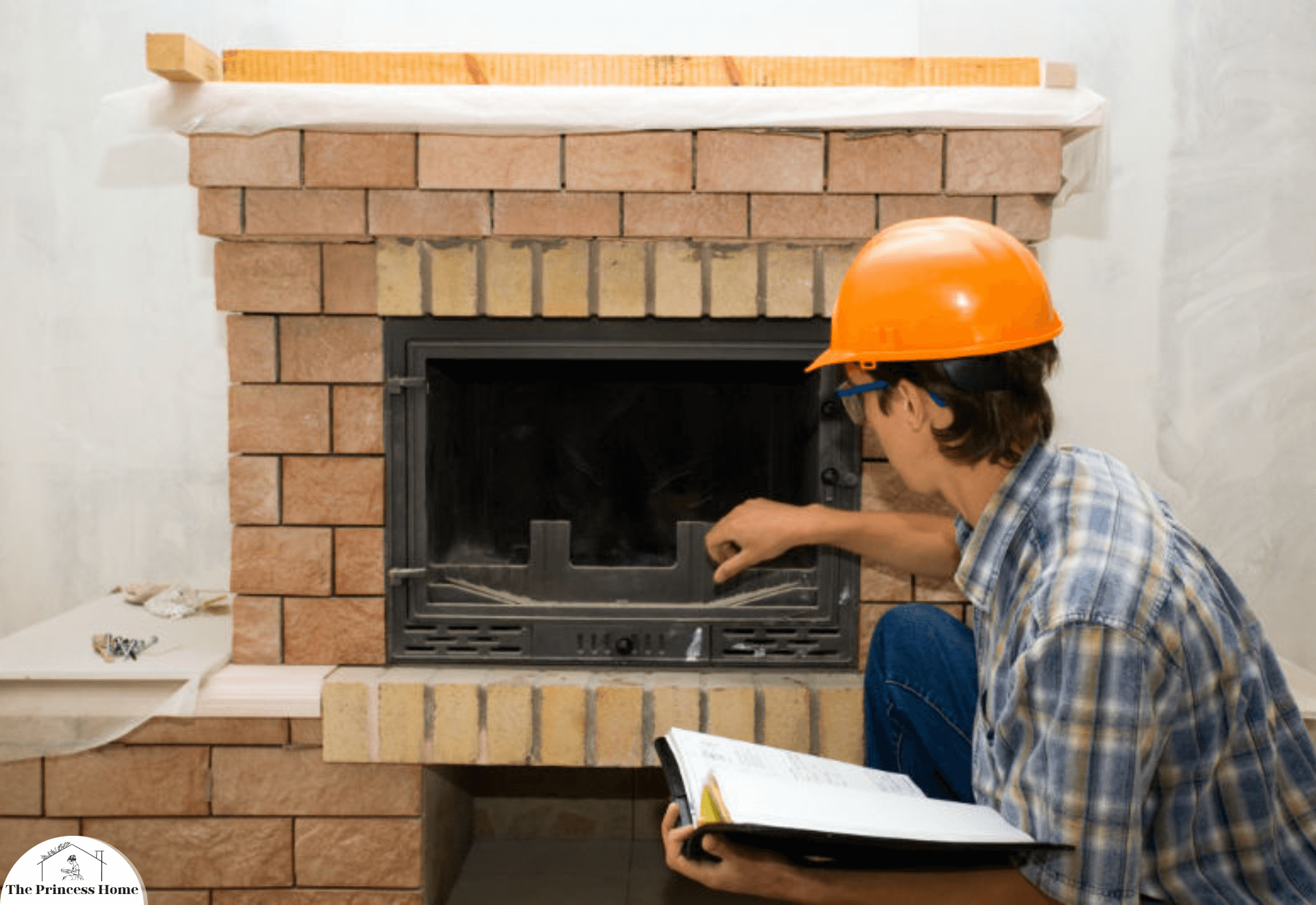
2.Safety First
As we embrace the warmth and ambiance of our fireplaces, it’s crucial to prioritize safety above all else. Whether you have a traditional wood-burning fireplace, a convenient gas fireplace, or a modern electric fireplace, each comes with its unique set of safety considerations. In this guide, we’ll explore the essential safety measures to take, ensuring that your fireside experience is not only enjoyable but also secure.
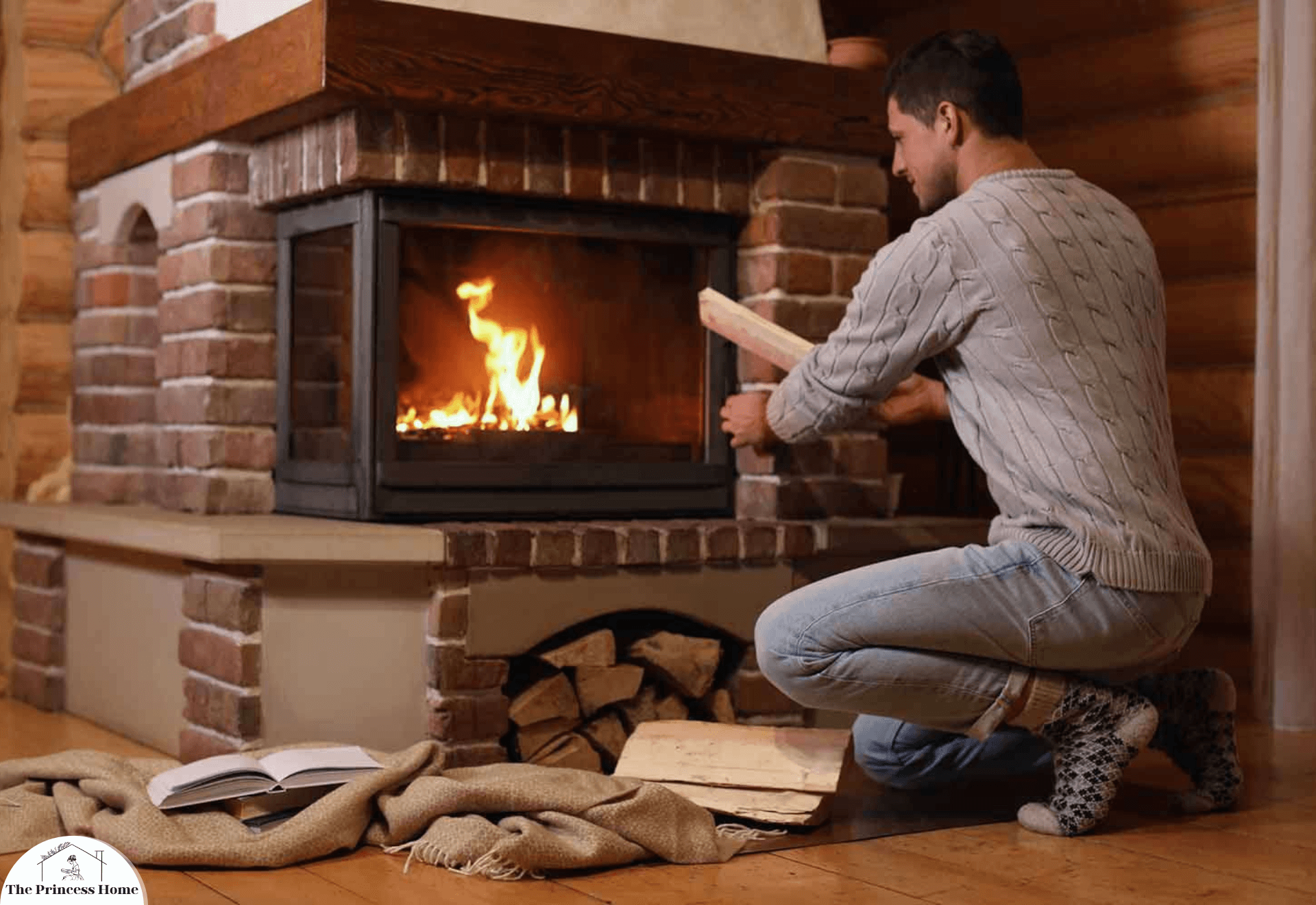
1.Wood-Burning Fireplaces
Chimney Maintenance:
Proper Wood-Burning Practices:
- Practice safe wood-burning habits. Use only seasoned hardwood to minimize creosote buildup, and avoid burning treated or painted wood, which can release harmful chemicals. Never leave a wood-burning fire unattended.
- Regularly inspect and clean the chimney to remove creosote buildup. Creosote, a byproduct of burning wood, can accumulate and pose a fire hazard. Professional chimney sweeps can efficiently clean and assess the condition of the chimney.
Sturdy Spark Screens:
- Use a sturdy spark screen or fireplace doors to prevent sparks and embers from escaping the fireplace. This is especially important when burning wood, as sparks can potentially ignite nearby flammable materials.
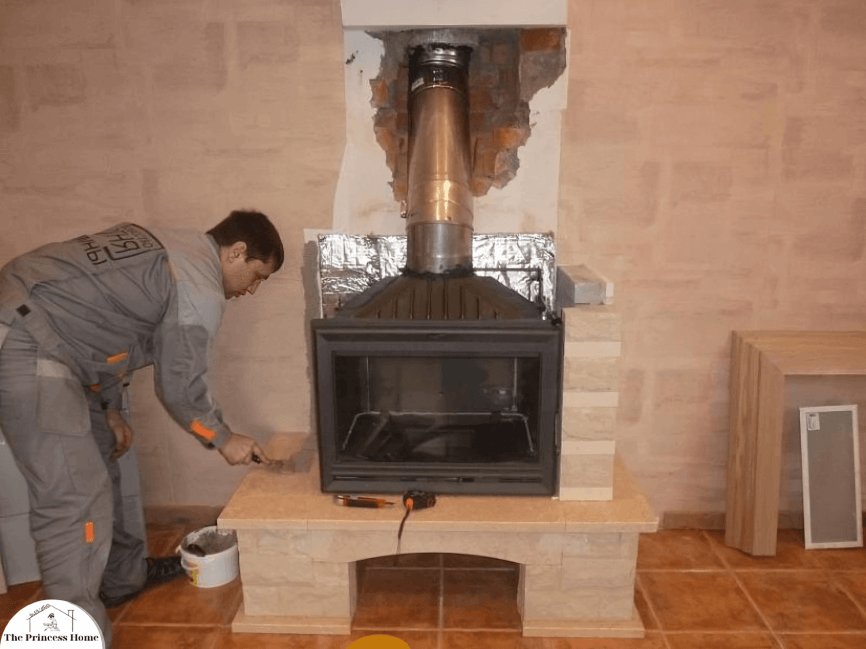
2.Gas Fireplaces
Professional Installation:
- Gas fireplace installation should be handled by a qualified professional. This ensures that the gas line is connected correctly, and all safety measures are in place. DIY installation is not recommended due to the potential risks associated with gas.
Regular Inspections:
- Schedule regular inspections by a certified technician to check for gas leaks, burner functionality, and proper ventilation. Any unusual odors or issues should be addressed promptly.
Follow Manufacturer Guidelines:
- Adhere strictly to the manufacturer’s guidelines for operation and maintenance. This includes using the recommended fuel type and ensuring that all components are in good working condition.
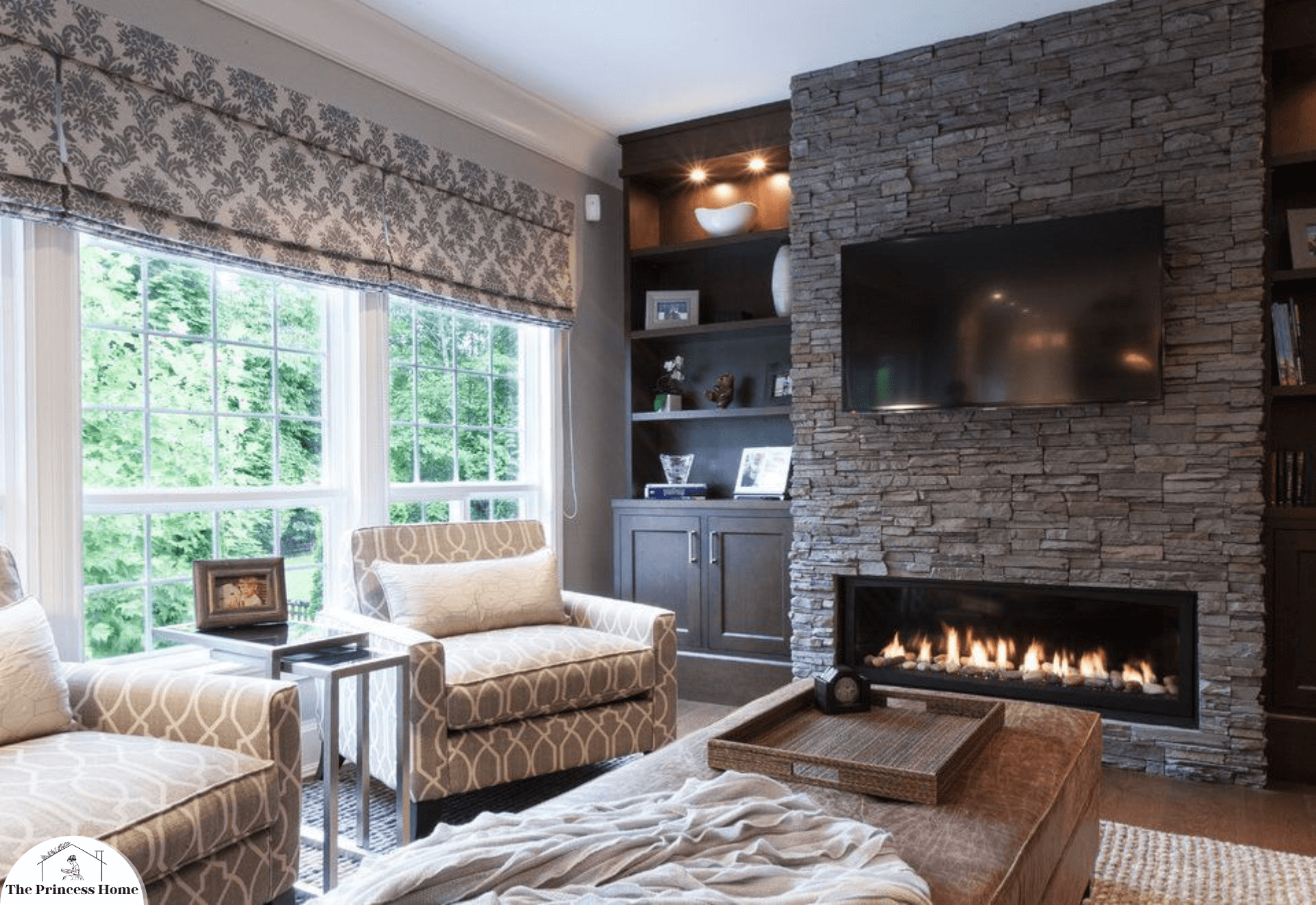
3.Electric Fireplaces:
Electrical Safety:
- Ensure that the electric fireplace is plugged into a grounded outlet and avoid overloading the circuit. Check the power cord for any damage, and if using an extension cord, make sure it’s rated for the fireplace’s power requirements.
Regular Maintenance Checks:
- Periodically inspect the electric fireplace for any signs of wear or damage. Check the cord, plug, and heating elements. If you notice any issues, unplug the unit immediately and consult the manufacturer or a qualified technician.
Temperature Regulation:
- Most electric fireplaces come with adjustable temperature settings. Avoid running the fireplace at excessively high temperatures for prolonged periods. This not only ensures safety but also contributes to energy efficiency.
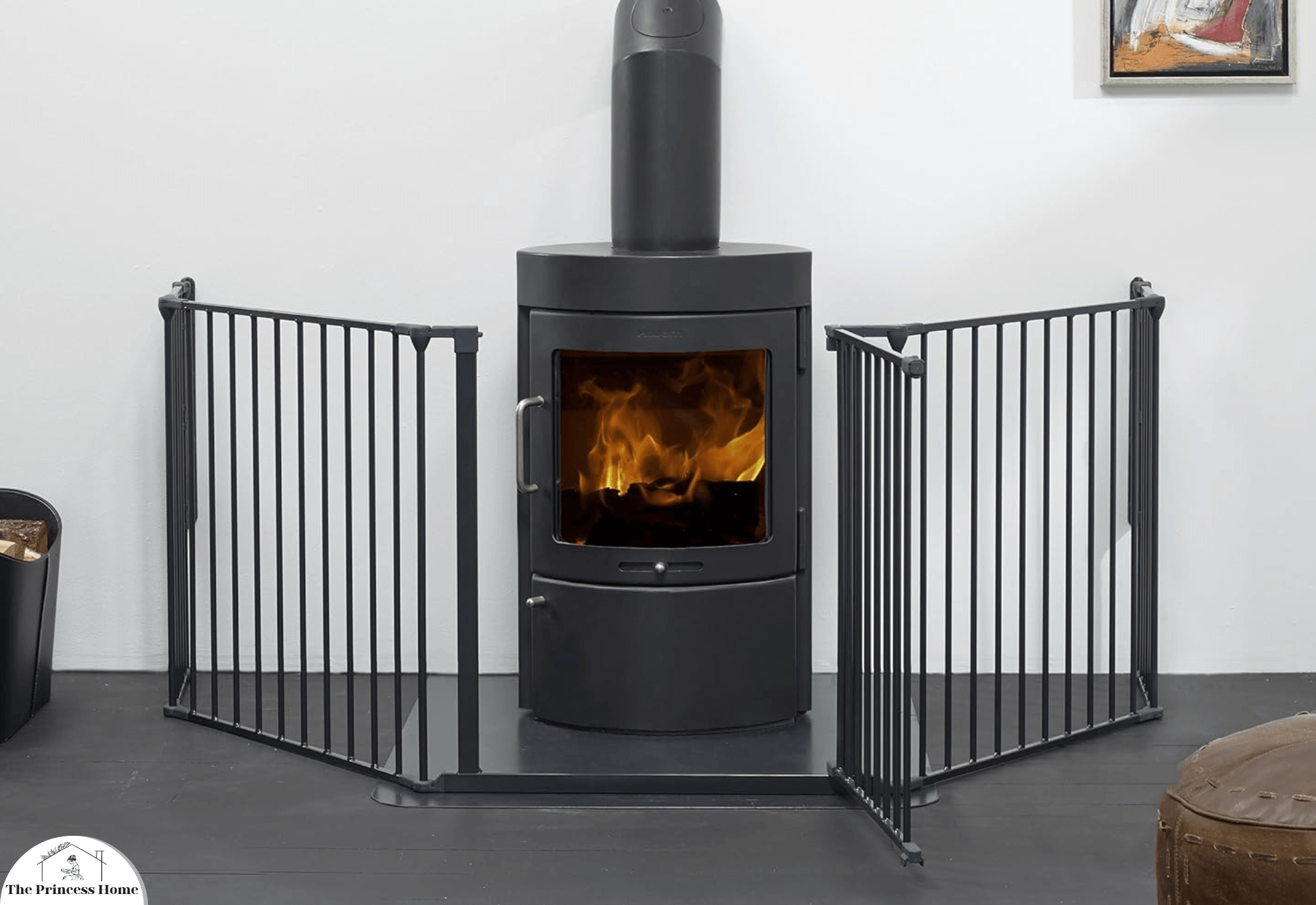
4.General Fireplace Safety Tips:
Child and Pet Safety:
- Use safety gates to keep children and pets at a safe distance from the fireplace. Educate family members about the potential hazards associated with the fireplace.
Carbon Monoxide Detectors:
- Install carbon monoxide detectors in areas with gas or wood-burning fireplaces. Carbon monoxide is a colorless, odorless gas produced during combustion, and detectors can provide an early warning of potential issues.
Fire Extinguisher:
- Keep a fire extinguisher in close proximity to the fireplace. Familiarize yourself with its usage and ensure it is regularly inspected.
Emergency Preparedness:
- Establish an emergency plan that includes procedures for extinguishing a fire, evacuation routes, and contact information for emergency services.
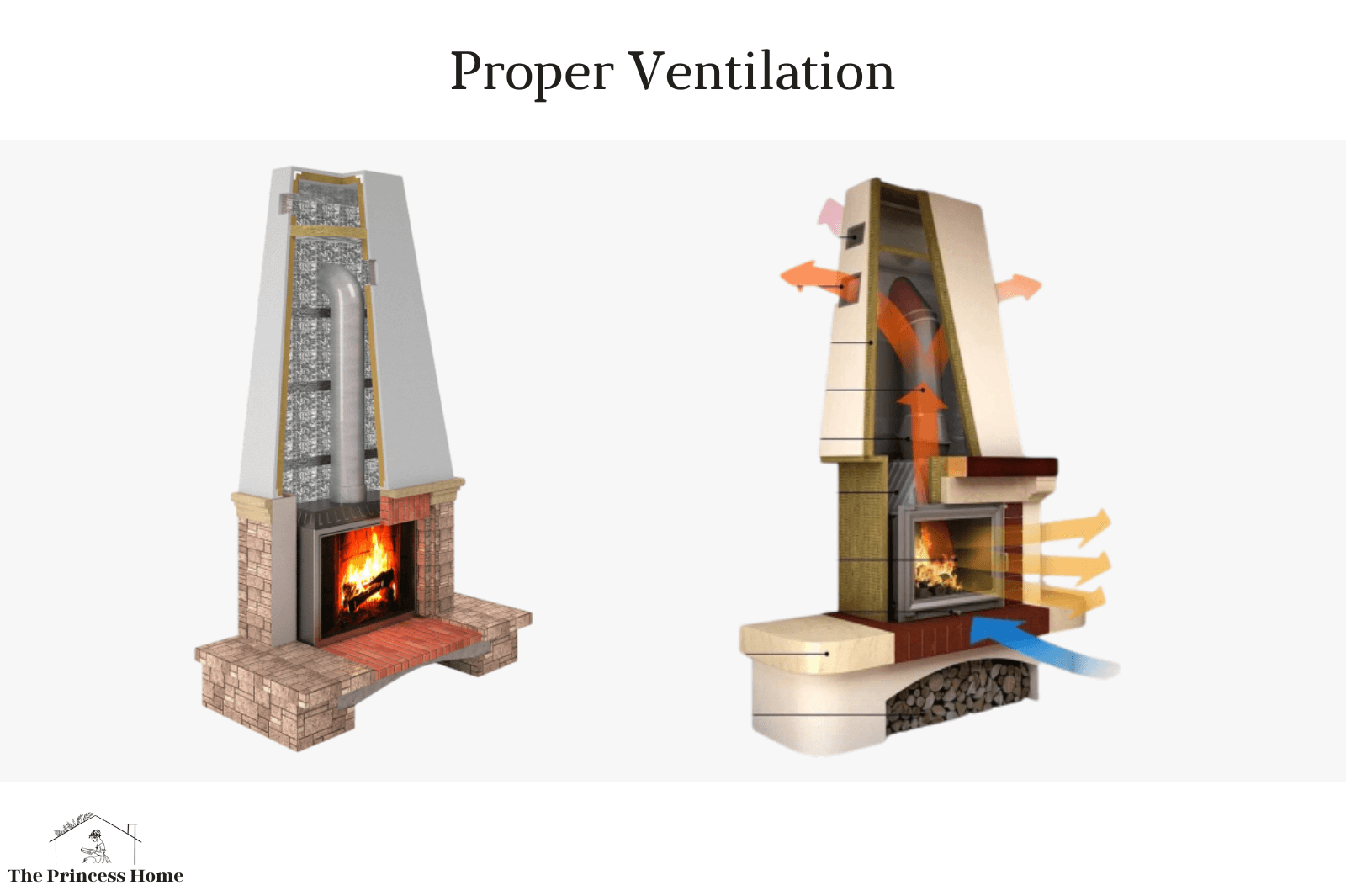
3.Proper Ventilation
Adequate ventilation is essential, especially in the case of wood-burning and gas fireplaces. Ensure that the chimney is clear, and the flue is open before lighting a fire. Proper ventilation not only enhances safety but also ensures that the fire burns efficiently.
While the allure of a roaring fire in a wood-burning or gas fireplace can transform a living space, ensuring proper ventilation is crucial for both safety and efficiency. In this guide, we’ll explore the significance of adequate ventilation, particularly in the context of wood-burning and gas fireplaces. Understanding and implementing proper ventilation practices will not only enhance the safety of your fireside experience but also contribute to the efficient and optimal performance of your fireplace.
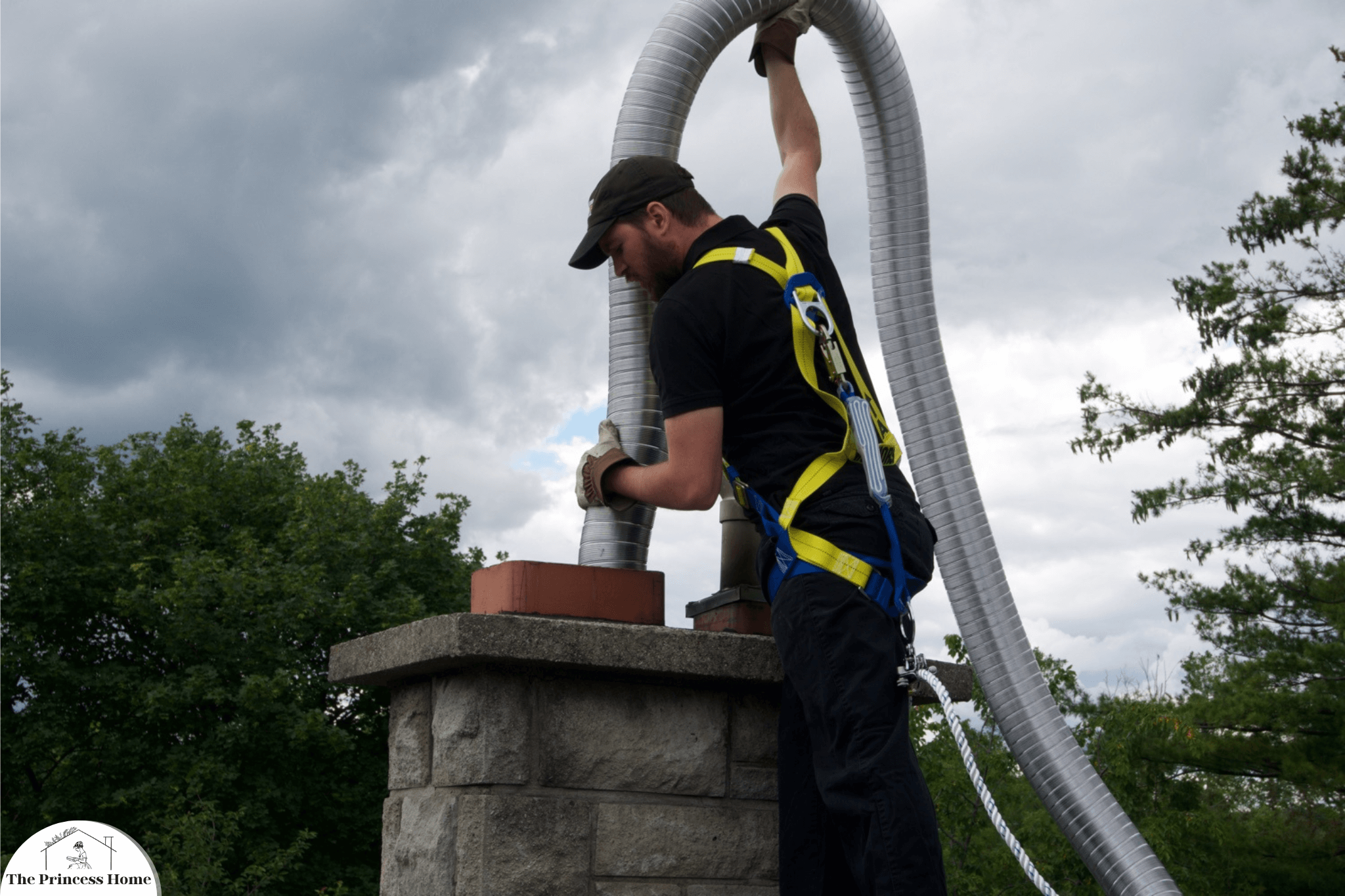
1.Wood-Burning Fireplaces:
Clear Chimney Passages:
- Before igniting a wood-burning fire, it is imperative to ensure that the chimney passages are clear of obstructions. Over time, creosote, a byproduct of burning wood, can accumulate and create blockages. Regular chimney inspections and cleanings by a professional chimney sweep are essential to maintain a clear and safe chimney.
Open Flue Operation:
- The flue, a duct that allows gases to exit the fireplace, should be fully open when starting a fire. This ensures proper draft and effective ventilation, allowing smoke and other combustion byproducts to be safely directed out of the home.
Properly Sized Firewood:
- Burning properly sized and seasoned hardwood contributes to efficient combustion and minimizes the production of creosote. Avoid burning green or unseasoned wood, as it releases more smoke and contributes to creosote buildup.
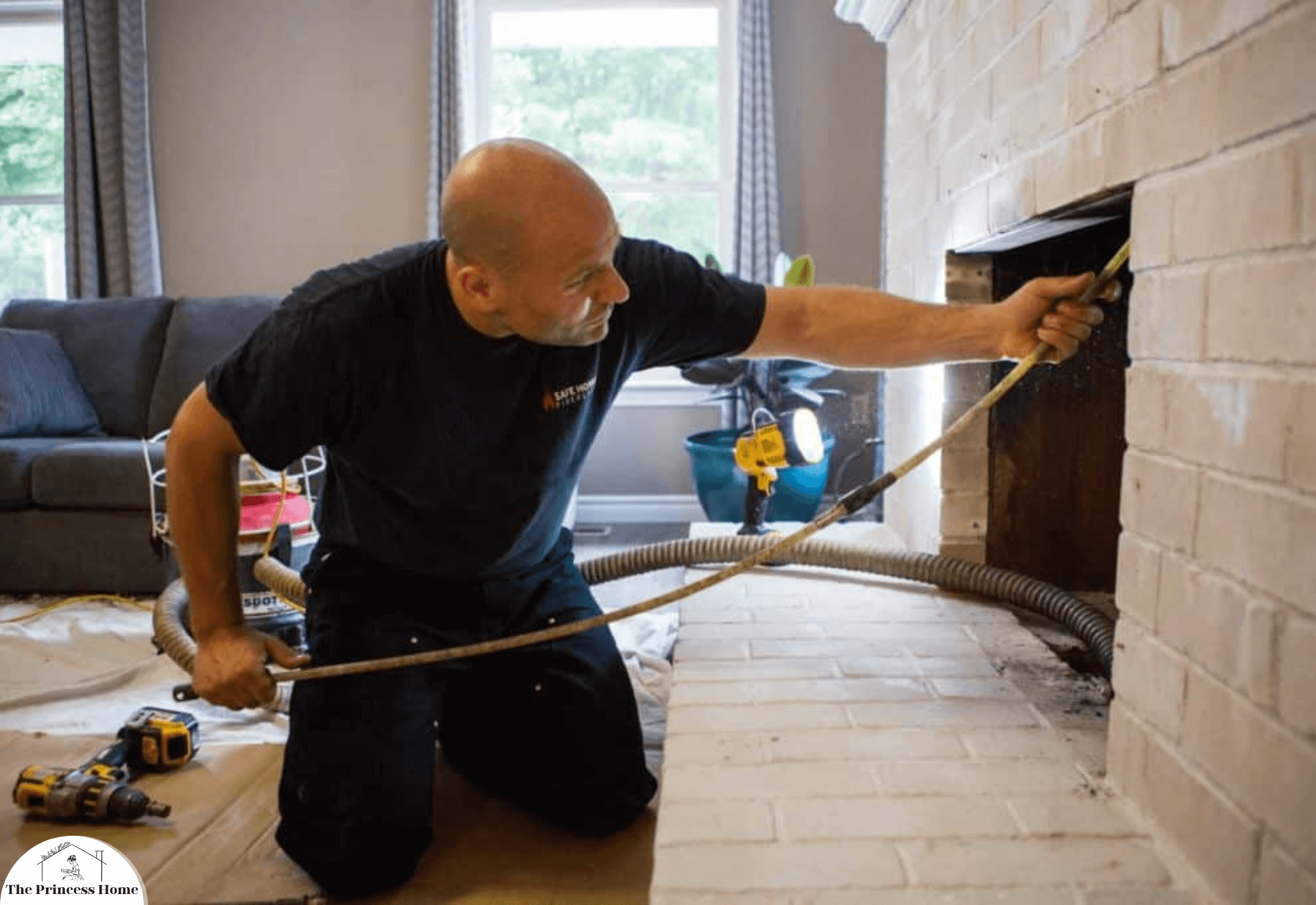
2.Gas Fireplaces:
Flue Openings and Gas Combustion:
- If your gas fireplace uses a chimney, ensure that the flue is open before operating the unit. Proper ventilation is essential for the complete combustion of gas, minimizing the risk of carbon monoxide buildup.
Ventilation System Integrity:
- Gas fireplaces are typically vented either through a chimney or a direct vent system. Regularly inspect the ventilation system to ensure that it is free from blockages, corrosion, or damage. Any issues should be addressed promptly by a qualified technician.
Regular Professional Inspections:
- Schedule annual inspections by a certified technician to assess the condition of the ventilation system, check for gas leaks, and ensure that all components are functioning correctly. Professional inspections contribute to both safety and efficiency.
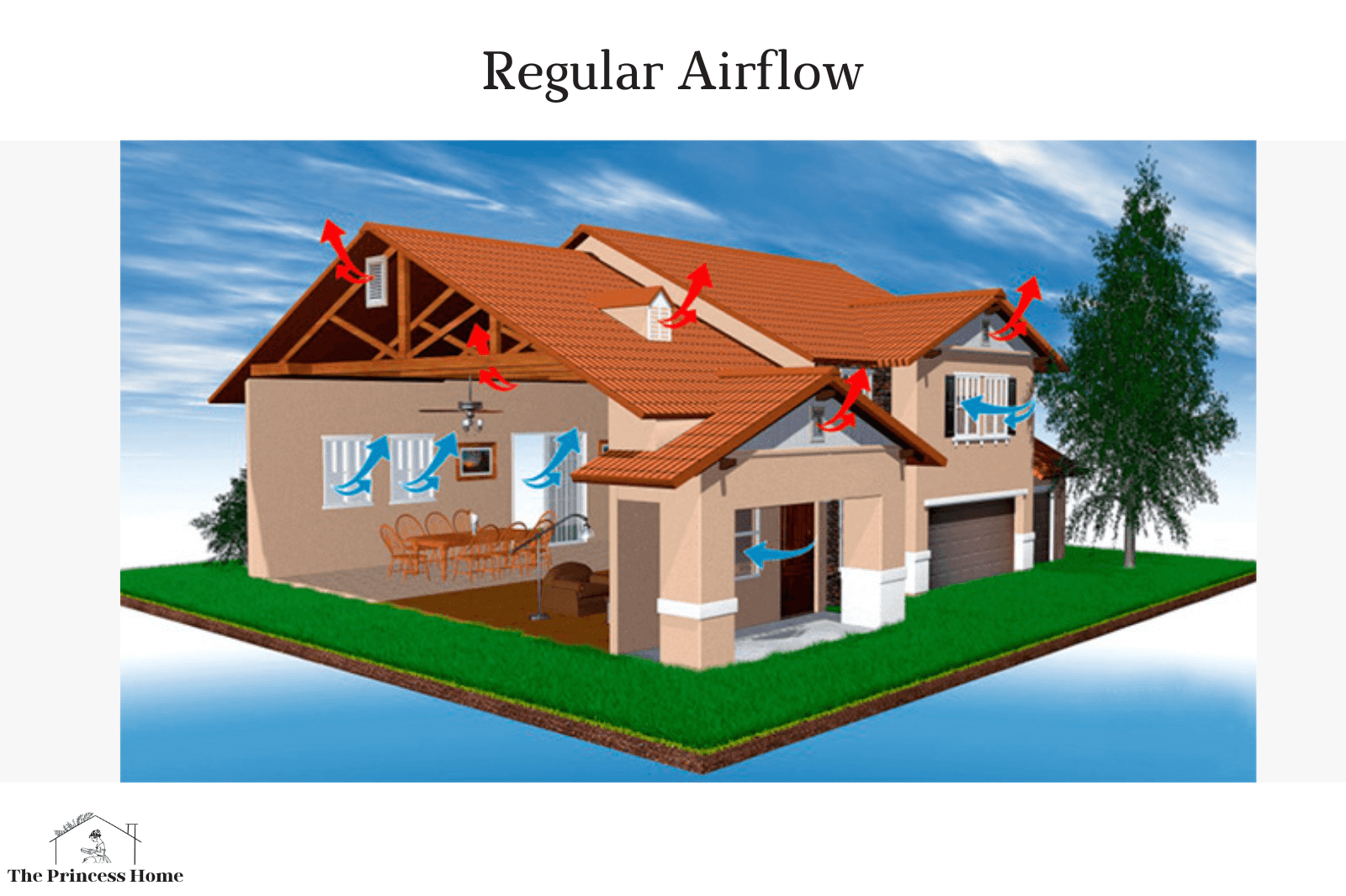
3.General Ventilation Practices:
Regular Airflow:
- Maintain regular airflow in the room containing the fireplace. Proper ventilation not only contributes to the efficiency of the fireplace but also helps disperse any lingering combustion byproducts.
Weather Considerations:
- Be mindful of external weather conditions, such as strong winds or atmospheric pressure changes, which can affect the draft in the chimney. In adverse weather, exercise caution when using the fireplace.
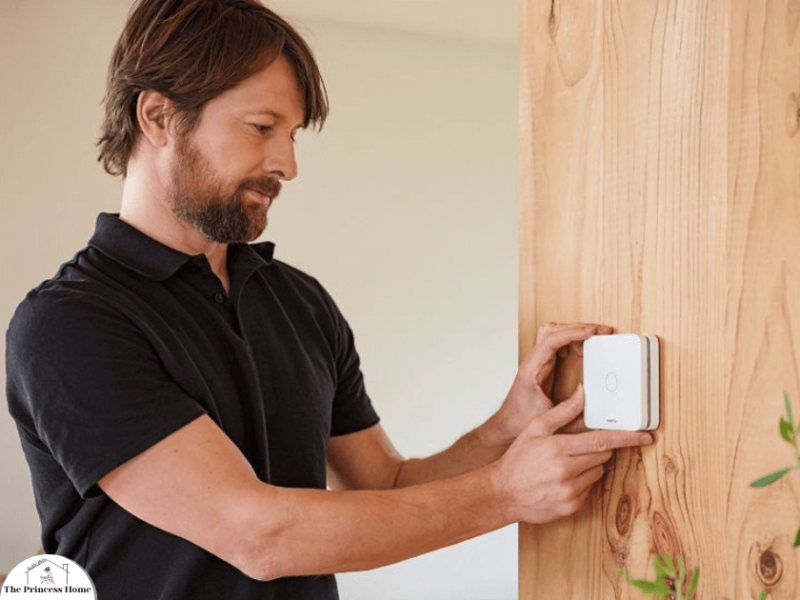
Carbon Monoxide Detectors:
- Install carbon monoxide detectors in areas with gas or wood-burning fireplaces. These detectors provide an additional layer of safety by alerting you to the presence of carbon monoxide, a potentially dangerous byproduct of incomplete combustion.
Operational Guidelines:
- Familiarize yourself with the operational guidelines provided by the fireplace manufacturer. Adhering to these guidelines ensures that the fireplace operates within safe parameters and promotes proper ventilation.
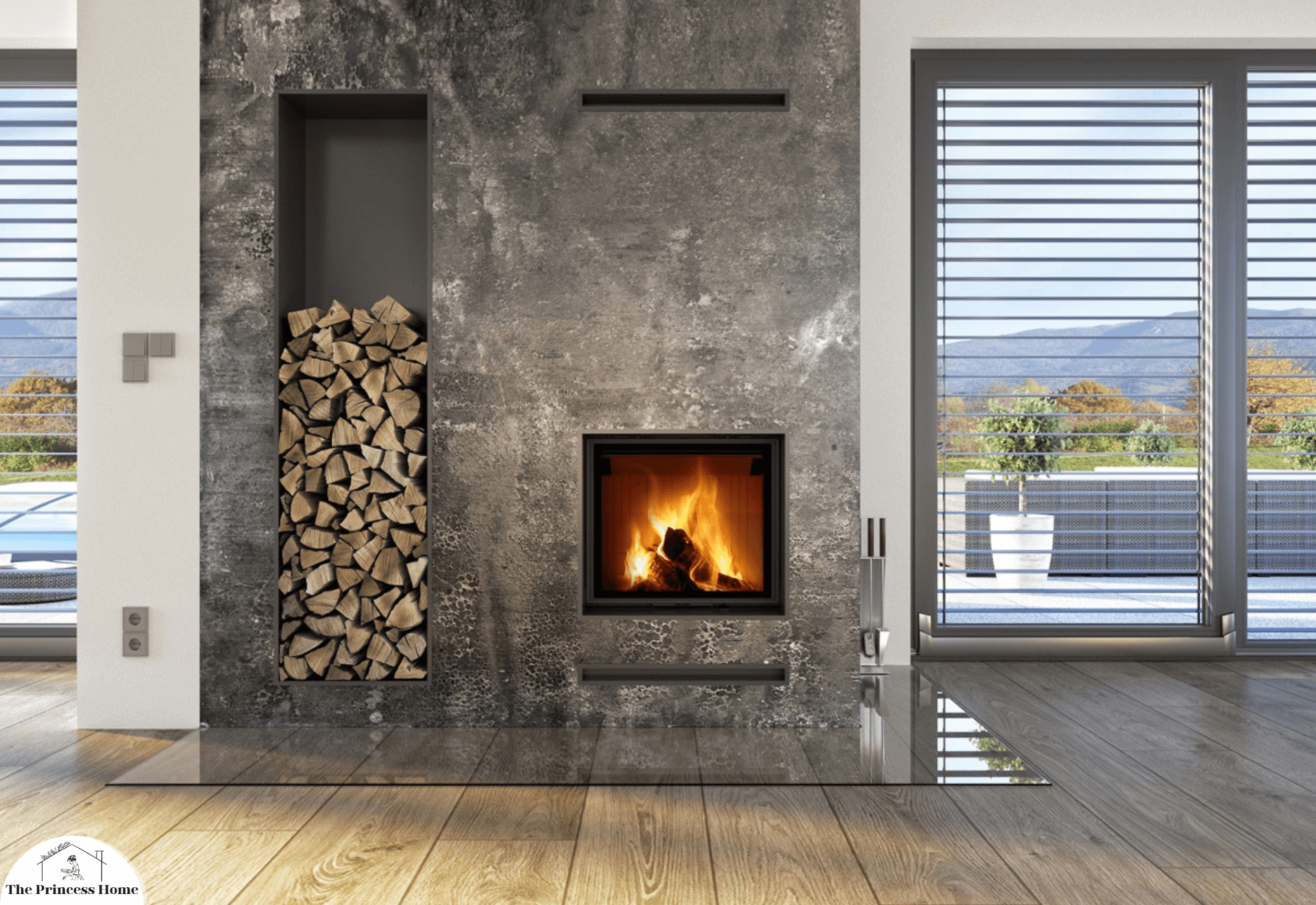
4.Quality Fuel and Materials
If you have a wood-burning fireplace, using seasoned hardwood can significantly improve both the quality of the fire and the safety of your chimney. For gas fireplaces, ensure that you use the recommended fuel type. Electric fireplaces, being smoke-free, require no fuel considerations, but it’s essential to use quality materials for the unit’s construction.
The quality of fuel and materials used in your fireplace plays a pivotal role in not only the efficiency of the fire but also the safety and longevity of the entire system. Whether you have a wood-burning fireplace, a gas fireplace, or an electric fireplace, the choice of fuel and construction materials can significantly impact your fireside experience. In this guide, we’ll explore the importance of quality fuel and materials for each type of fireplace, offering insights into how you can optimize performance and safety.
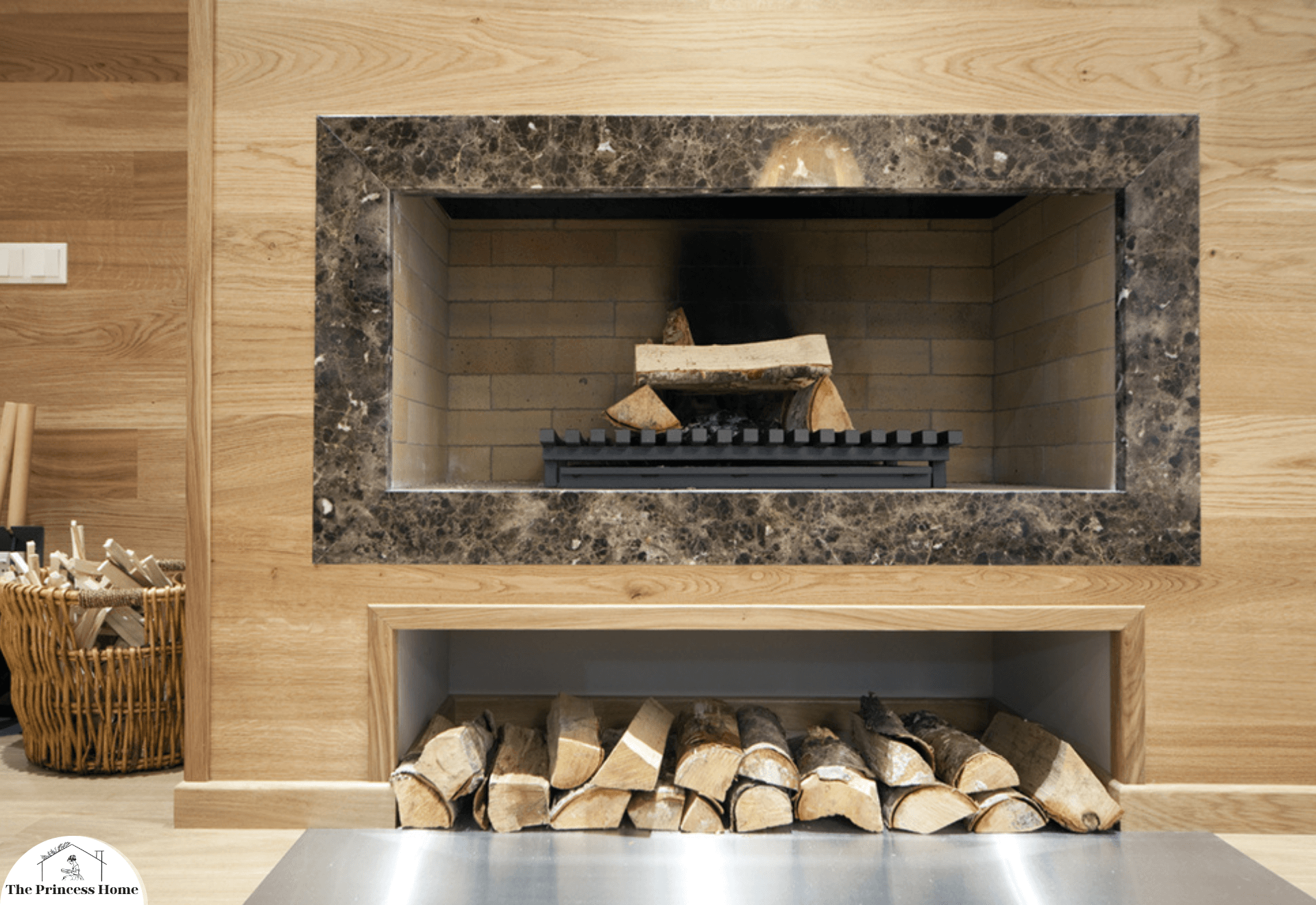
1.Wood-Burning Fireplaces:
Seasoned Hardwood for Optimal Burning:
- The choice of wood is critical for the efficiency and safety of a wood-burning fireplace. Opt for seasoned hardwood, which has been dried for an extended period. Seasoned wood burns more efficiently, producing less smoke and creosote, and it reduces the risk of chimney fires.
Avoid Green or Treated Wood:
- Green or unseasoned wood contains higher moisture content, leading to incomplete combustion and increased creosote buildup. Additionally, avoid burning wood that has been treated or painted, as the combustion of treated materials can release harmful chemicals.
Proper Wood Storage:
- Store your seasoned firewood in a dry and well-ventilated area. Moisture can accumulate if wood is exposed to the elements, leading to reduced efficiency and increased emissions when burned.
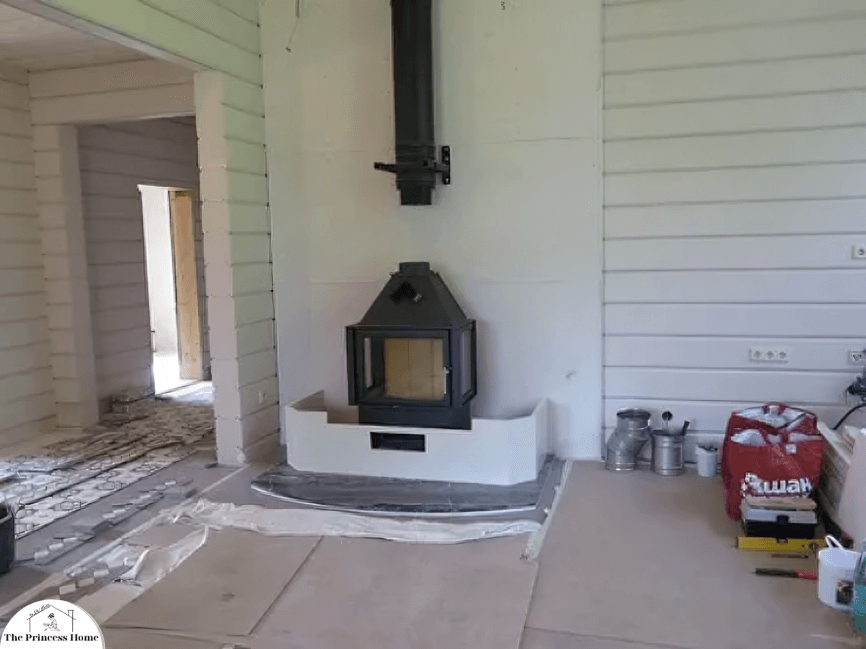
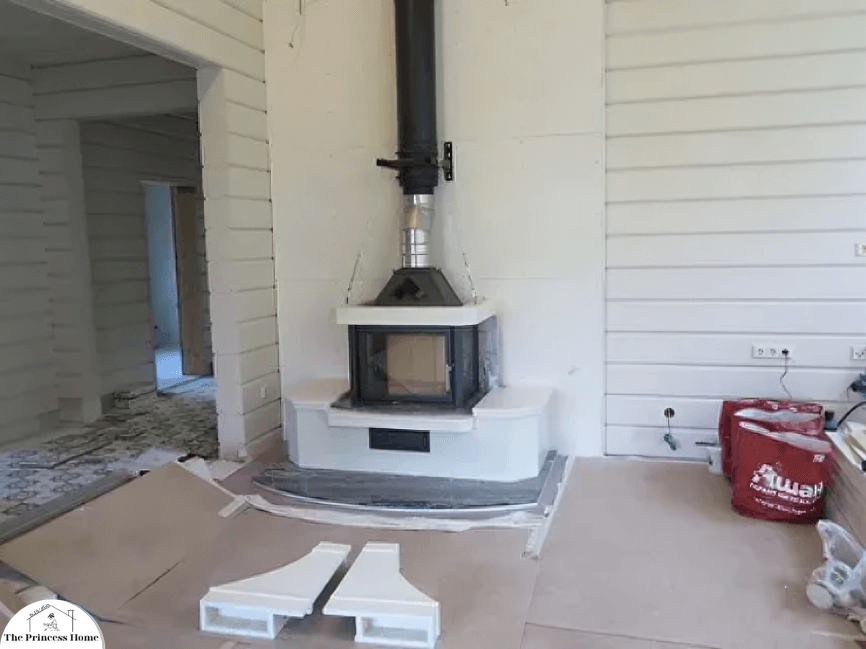
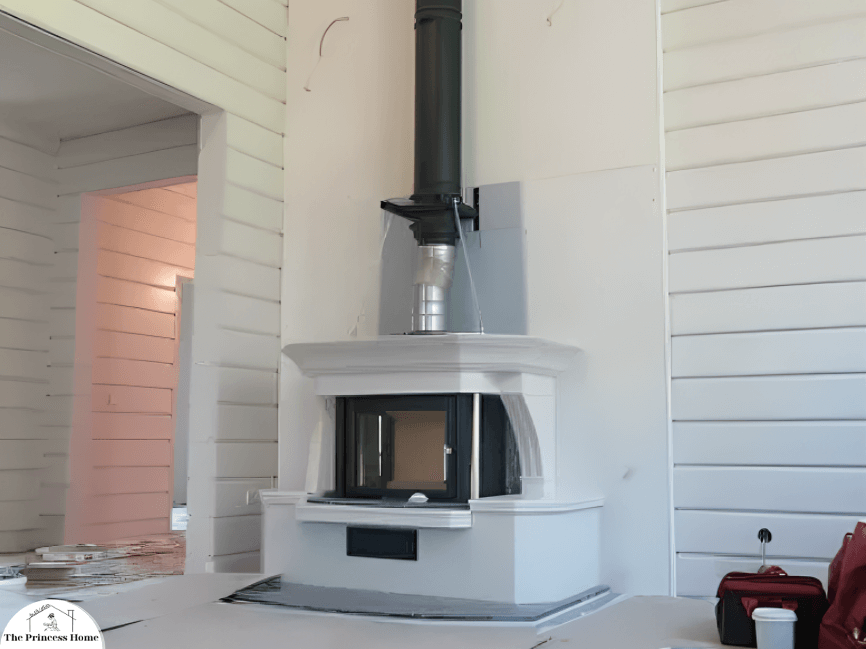
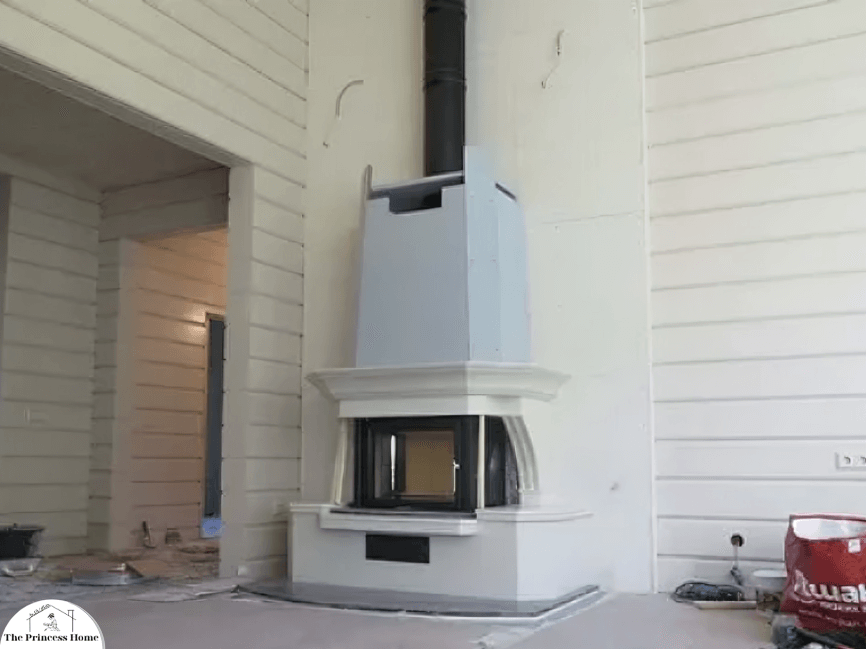
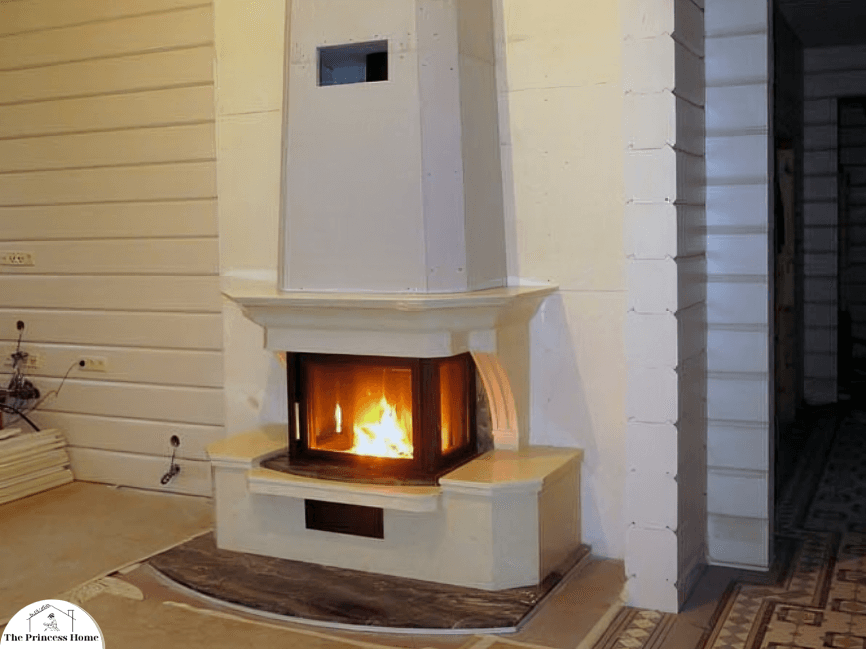
2.Gas Fireplaces:
Quality Gas Supply:
- Ensure a reliable and high-quality supply of gas. Regularly inspect gas lines for leaks and address any issues promptly. A consistent gas supply is essential for the optimal functioning of your gas fireplace.
Use Recommended Fuel Type:
- Gas fireplaces are designed to operate with specific types of fuel, such as natural gas or propane. It is crucial to use the recommended fuel type specified by the fireplace manufacturer. Deviating from these guidelines can compromise safety and efficiency.
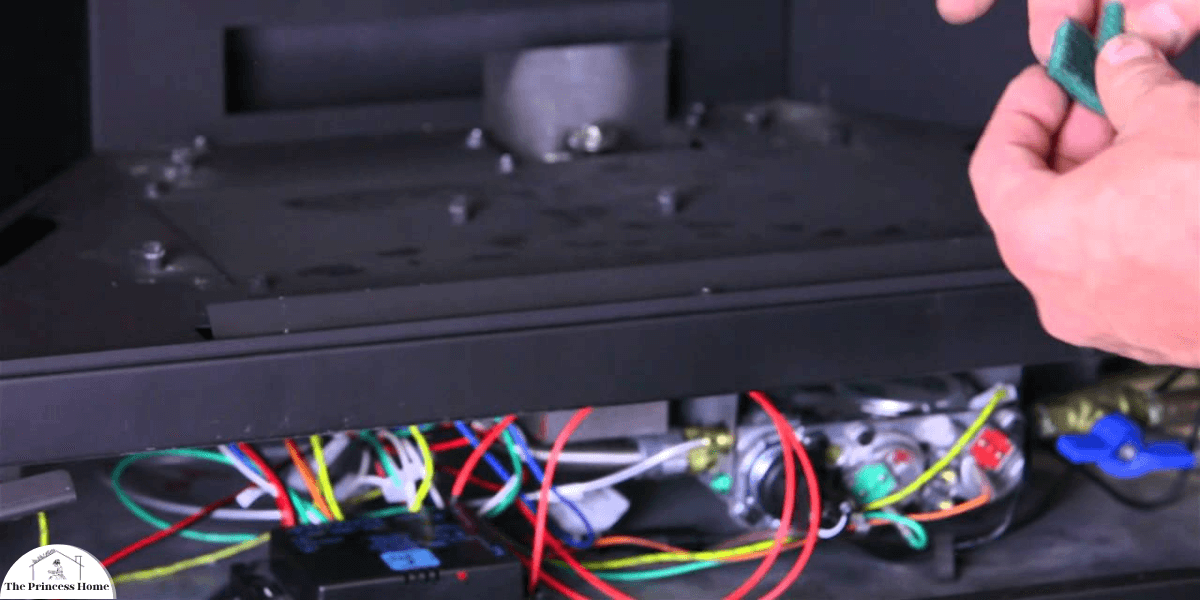
3.Electric Fireplaces:
Proper Electrical Connections:
- When installing an electric fireplace, ensure that it is connected to a stable and properly grounded electrical supply. Follow the manufacturer’s guidelines for electrical specifications and avoid using extension cords, which may pose safety risks.
Quality Construction Materials:
- While electric fireplaces do not require fuel, the construction materials of the unit itself are paramount. Opt for electric fireplaces made from high-quality materials, such as durable metals and tempered glass. This not only ensures longevity but also contributes to the overall safety and performance of the unit.
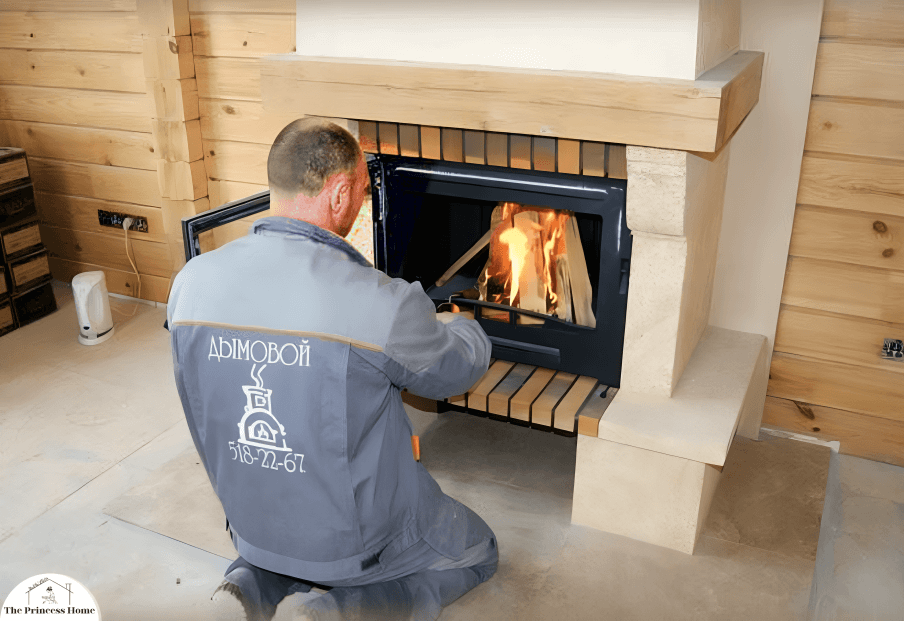
4.General Considerations:
Regular Fireplace Inspections:
- Regardless of the type of fireplace, schedule regular inspections to assess the condition of components, including the firebox, burners, and electrical elements. Address any signs of wear or damage promptly to maintain optimal performance.
Follow Manufacturer Recommendations:
- Adhere to the manufacturer’s recommendations regarding fuel types, maintenance schedules, and usage guidelines. These guidelines are designed to ensure the safe and efficient operation of your fireplace.
Invest in Quality Accessories:
- When using a wood-burning fireplace, invest in quality accessories such as fireplace tools and a sturdy screen. These accessories not only enhance safety but also contribute to a more controlled and enjoyable fireside experience.
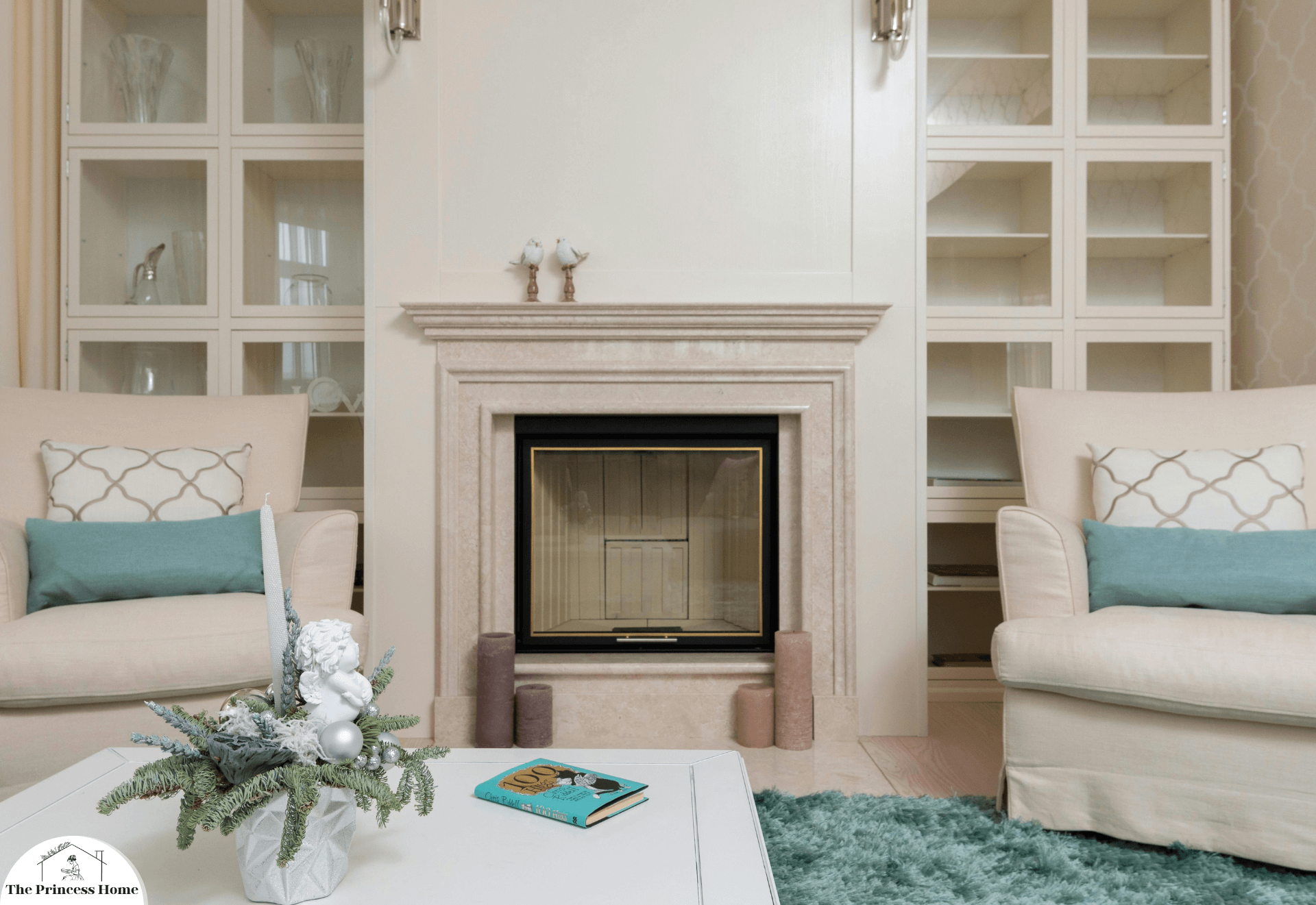
5.Maintaining a Clean Fireplace
Regular cleaning is vital for both safety and efficiency. In wood-burning fireplaces, removing ashes and creosote buildup is crucial. Gas fireplaces may require professional inspection and cleaning, while electric fireplaces generally require minimal maintenance. A clean fireplace not only functions better but also enhances the overall aesthetic appeal.
Maintaining a clean fireplace is not just about aesthetics; it is a crucial practice for ensuring the safety and efficiency of your fireside experience. Whether you have a wood-burning fireplace, a gas fireplace, or an electric fireplace, each type requires specific maintenance to keep it in optimal condition. In this guide, we’ll delve into the importance of regular cleaning and maintenance, offering insights into best practices for each type of fireplace.
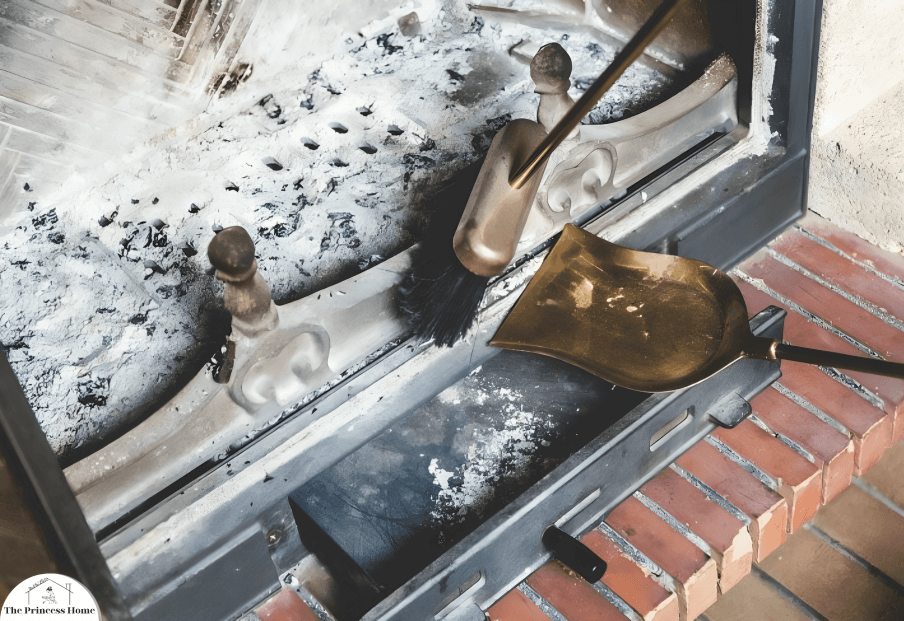
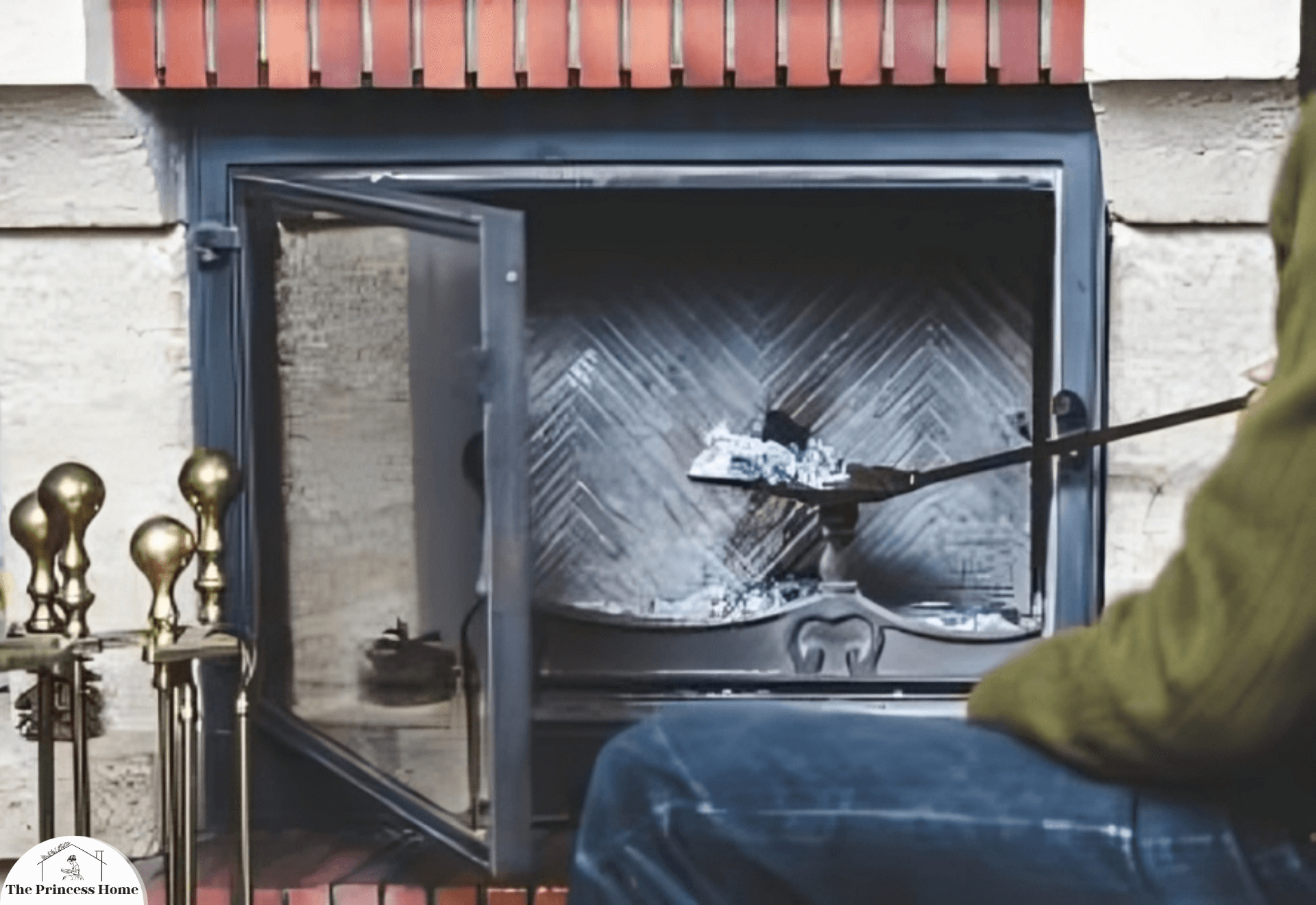
1.Wood-Burning Fireplaces:
Ash Removal:
- After each use, remove ashes from the firebox. Leaving a layer of ash can hinder proper airflow and combustion during subsequent fires. Use a fireplace shovel and a metal container to dispose of ashes safely.
Creosote Removal:
- Creosote, a byproduct of burning wood, can accumulate in the chimney and pose a significant fire hazard. Schedule regular chimney inspections and cleanings by a professional chimney sweep. Creosote removal is vital for preventing chimney fires and ensuring proper ventilation.
Inspect and Clean Grates and Accessories:
- Regularly inspect and clean fireplace grates, andirons, and other accessories. Remove any debris or buildup that may impede airflow and affect the efficiency of the fire.
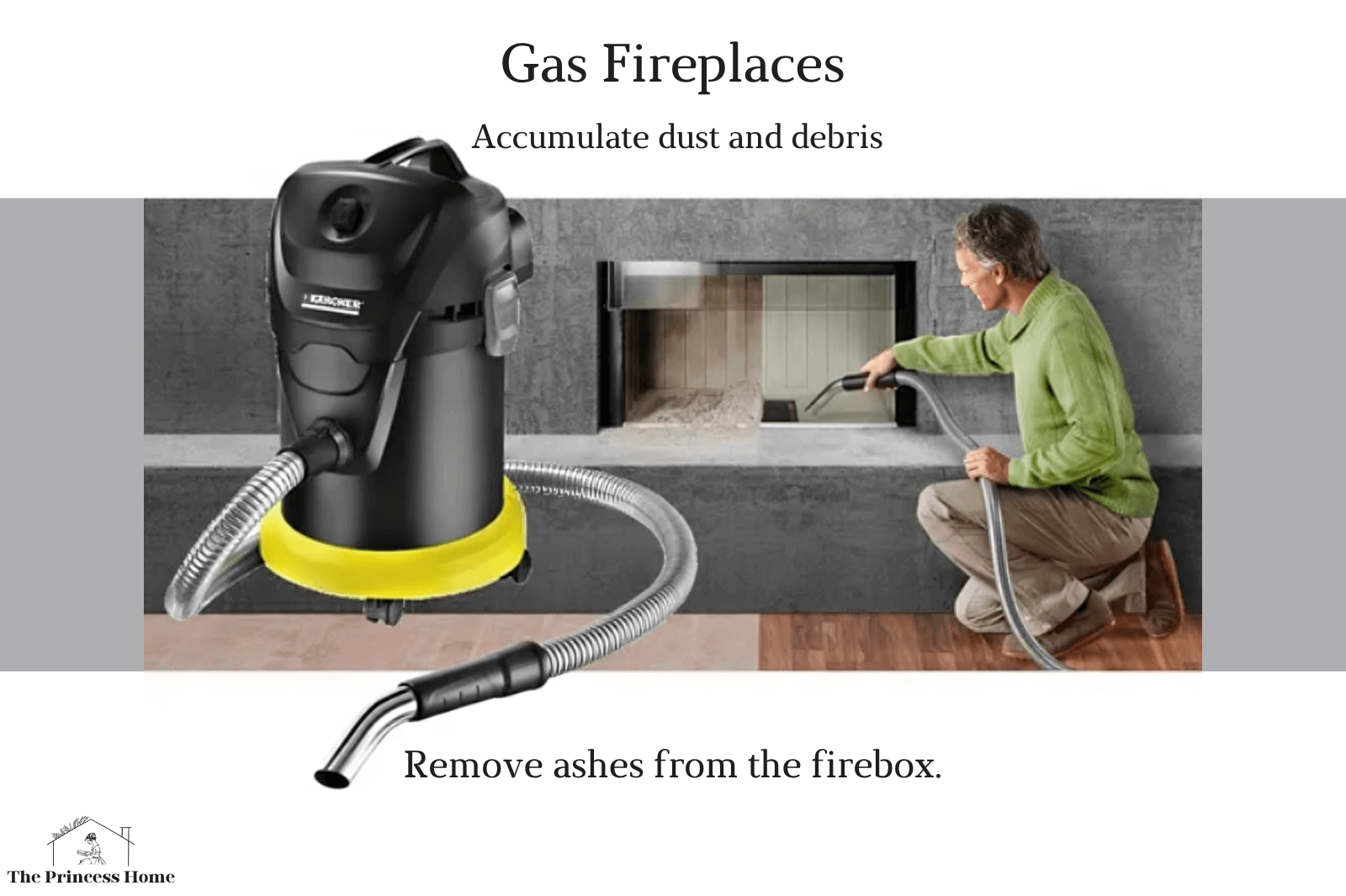
2.Gas Fireplaces:
Professional Inspection:
- Gas fireplaces may accumulate dust and debris, affecting the performance of burners and ventilation components. Schedule annual inspections by a qualified technician to clean and assess the condition of the burner, pilot assembly, and ventilation system.
Check for Debris:
- Periodically check for any debris or foreign objects in the burner or venting areas. Clearing away any obstructions ensures that the gas can burn cleanly and that combustion byproducts can be safely directed out of the home.
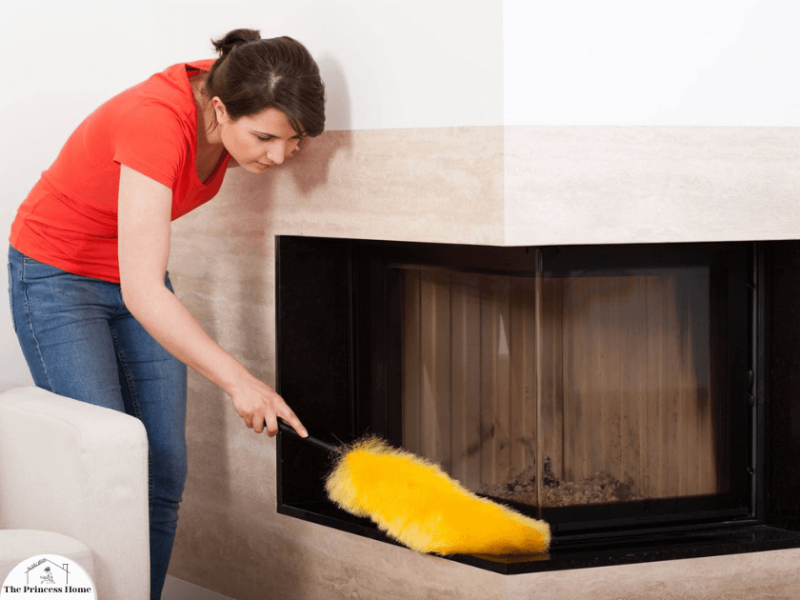
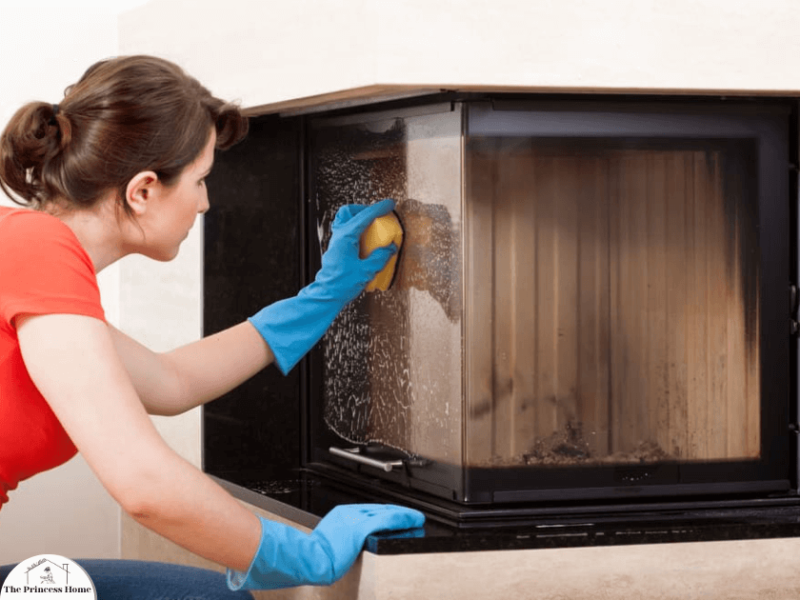
3.Electric Fireplaces:
Dust and Debris Removal:
- Electric fireplaces generally require minimal maintenance, but regular dusting is essential to maintain their aesthetic appeal. Use a soft, dry cloth to remove dust from the unit’s surfaces, including the glass front.
Check Electrical Components:
- Inspect the electrical components for any signs of wear or damage. Ensure that the power cord is in good condition, and if you notice any issues, unplug the unit and consult the manufacturer or a qualified technician.
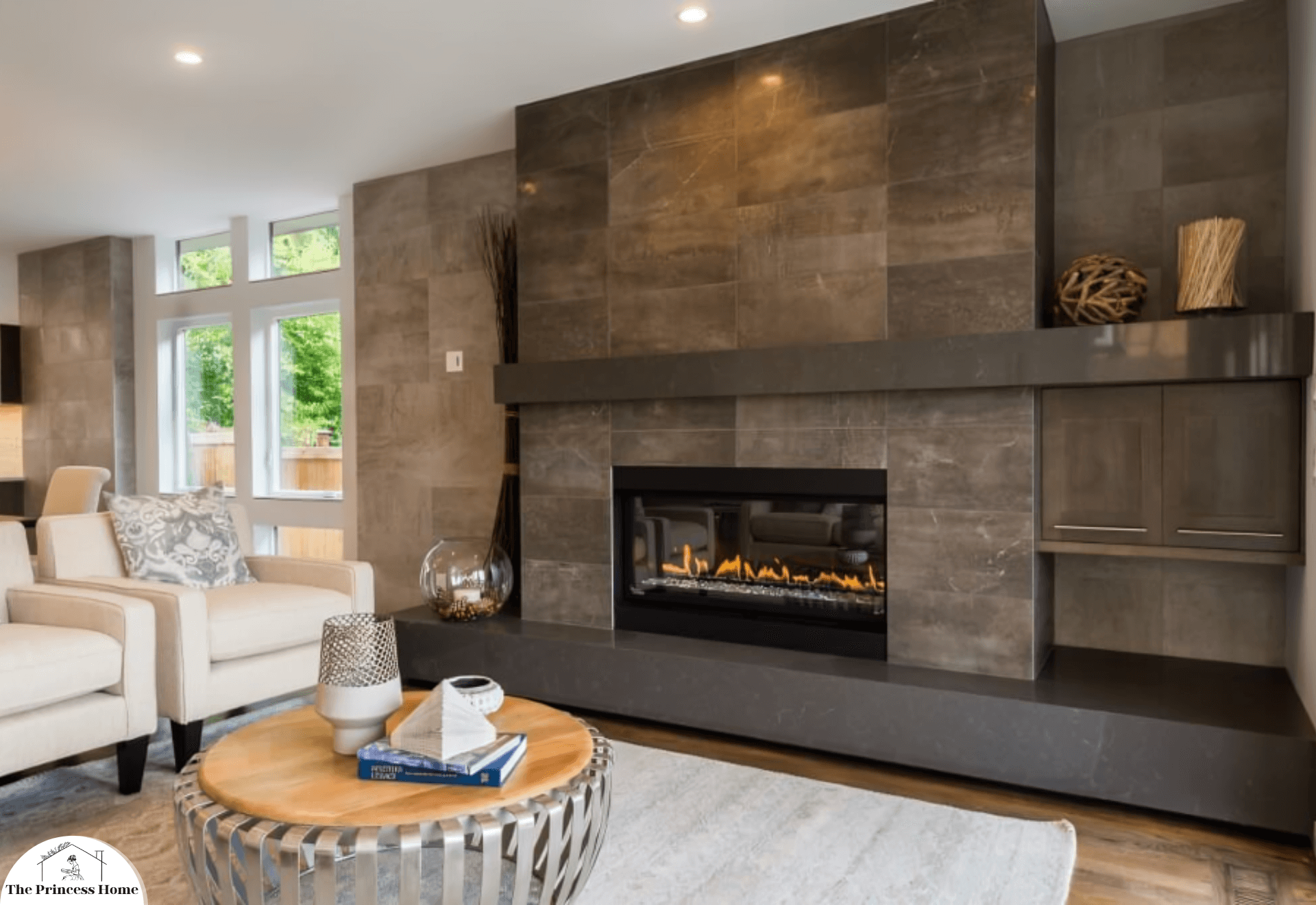
4.General Maintenance Tips:
Clear Surrounding Area:
- Keep the area around the fireplace clear of combustible materials, including furniture, curtains, or decorations. This not only enhances safety but also prevents the risk of accidental fires.
Inspect Chimney Cap:
- Regularly check the chimney cap for any debris, bird nests, or obstructions. The chimney cap plays a crucial role in preventing rain, debris, and animals from entering the chimney.
Use Suitable Cleaning Products:
- When cleaning the glass front of a fireplace, use products specifically designed for the purpose. Harsh chemicals can damage the glass and affect the overall appearance of the fireplace.
Replace Damaged Components:
- If you notice any damaged or worn-out components during inspections, such as fireplace doors, gaskets, or gas valve parts, replace them promptly. This ensures that the fireplace continues to operate safely and efficiently.
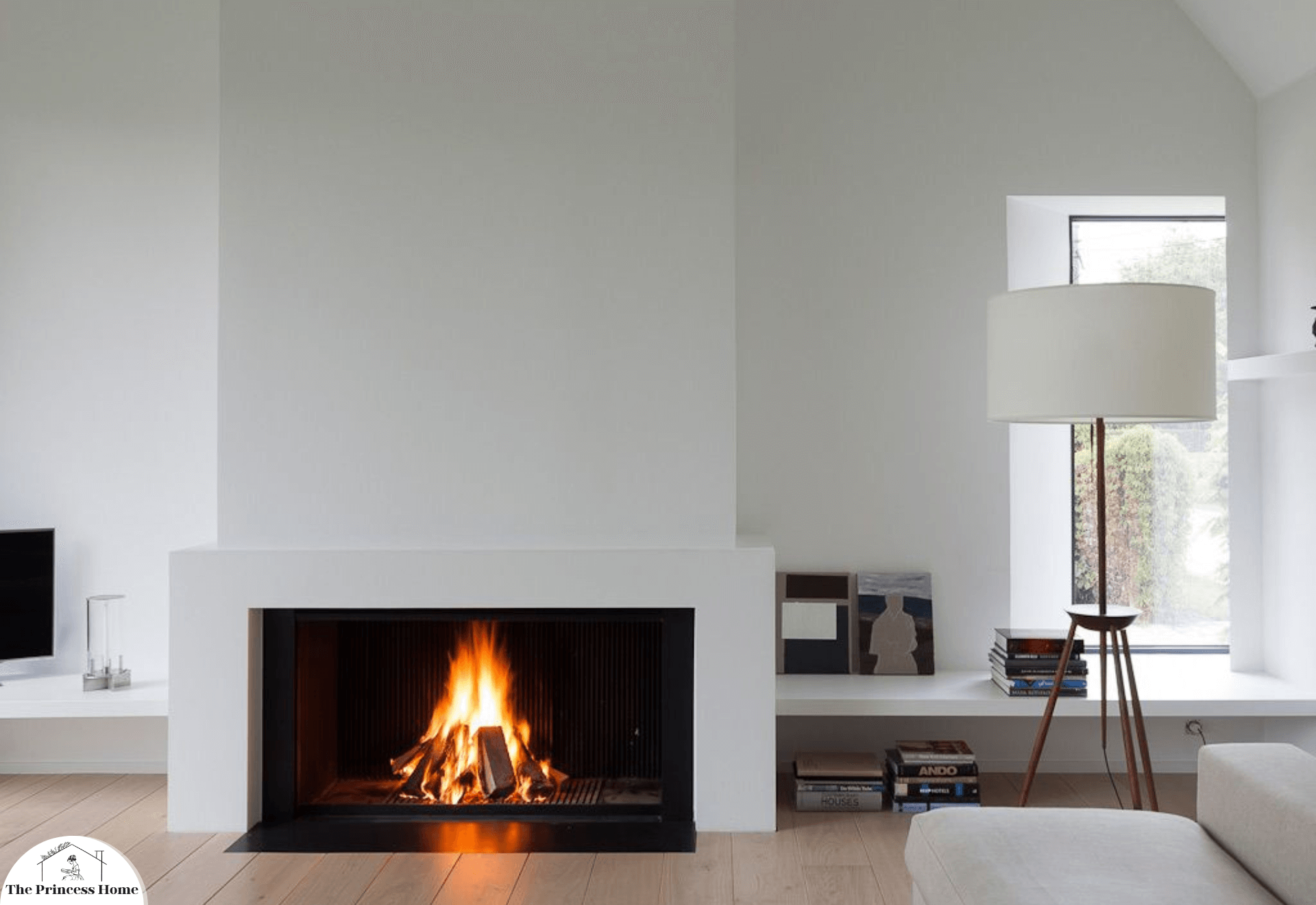
6.Regular Inspection and Maintenance
Schedule regular inspections and maintenance checks for your fireplace. This is especially crucial for gas fireplaces, where professional assessments can identify and address any potential issues. Routine maintenance ensures the continued functionality and safety of your fireplace, allowing you to enjoy its benefits for years to come.
“Guardians of the Flames: The Importance of Regular Inspection and Maintenance for Long-Lasting Fireplace Performance”
Just as a well-tended flame dances gracefully in a fireplace, regular inspection and maintenance are the guardians that ensure its enduring brilliance. This guide emphasizes the critical role of scheduled checks and upkeep, particularly for gas fireplaces. Whether you cherish the warmth of a wood-burning fire or the convenience of a gas unit, incorporating routine inspections into your fireplace care regimen is key to ensuring not only continued functionality but also the lasting safety of your hearth.
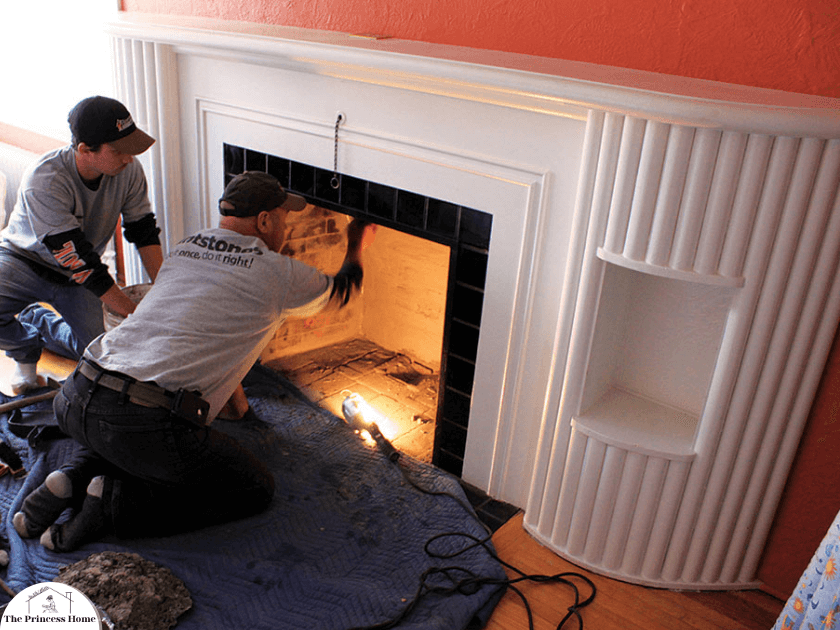
1.Wood-Burning Fireplaces:
Chimney Inspections:
- Even though wood-burning fireplaces generally require less frequent professional inspections than gas counterparts, regular visual inspections are essential. Check for any signs of wear, cracks, or loose bricks in the firebox or chimney. Addressing issues promptly prevents potential hazards.
Creosote Monitoring:
- Keep an eye on creosote buildup in the chimney, as excessive accumulation can lead to chimney fires. Periodic checks and cleanings, especially before the start of the burning season, are crucial for maintaining a safe and efficient fireplace.
2.Gas Fireplaces:
Professional Assessments:
- Gas fireplaces benefit significantly from professional assessments. Schedule annual inspections by a certified technician to examine the burner, ignition system, pilot assembly, and venting components. Professional eyes can identify and address potential issues before they escalate.
Ventilation System Check:
- The ventilation system in gas fireplaces plays a critical role in directing combustion byproducts safely out of your home. Regular checks ensure that the venting is clear and unobstructed, contributing to both safety and efficiency.
3.Electric Fireplaces:
Visual Inspections:
- While electric fireplaces typically require minimal maintenance, conduct visual inspections periodically. Check for any loose or damaged components, ensuring that the unit remains in good condition.
Electrical Component Checks:
- Inspect the electrical components, such as the power cord and heating elements, for signs of wear or damage. Promptly address any issues to prevent electrical hazards.
4.General Maintenance Tips:
Create a Maintenance Schedule:
- Establish a regular maintenance schedule for your fireplace, noting dates for visual inspections, cleanings, and professional assessments. Consistent care is key to identifying and resolving potential problems.
Document Observations:
- Keep a log of your observations during inspections. Documenting any changes or issues allows you to track the fireplace’s condition over time and provides valuable information for professionals during service calls.
Addressing Wear and Tear:
- Replace worn-out or damaged components promptly. This includes gaskets, fireplace doors, and any other parts showing signs of wear. Proactive replacement ensures the continued efficiency and safety of your fireplace.
Stay Informed:
- Stay informed about any recalls or safety alerts related to your specific fireplace model. Manufacturers may release updates or recommendations, and staying informed helps you address any potential concerns promptly.
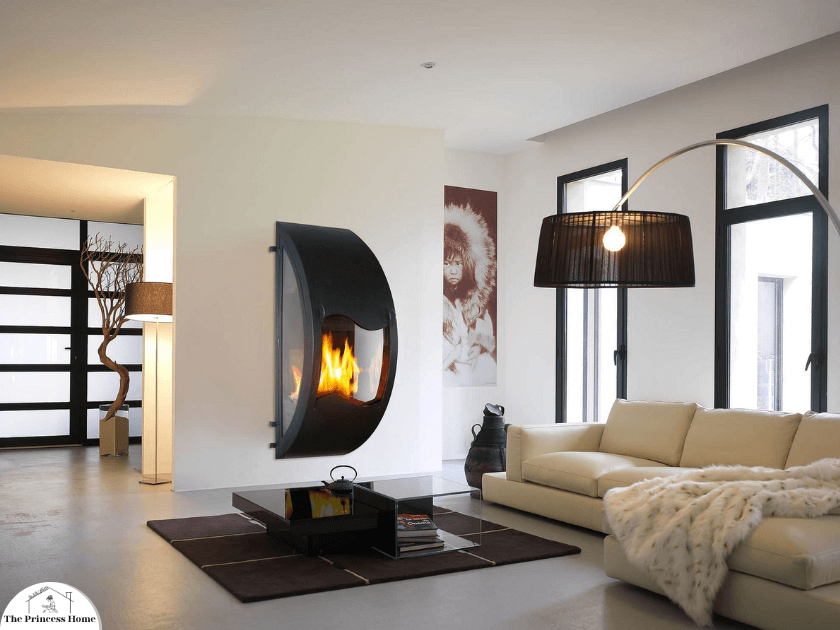
7.Exploring Modern Fireplace Technologies
Stay informed about advancements in fireplace technologies. Modern innovations, such as smart fireplaces with remote controls or app connectivity, can add convenience to your fireside experience. While maintaining a classic ambiance, integrating modern technologies can enhance control and customization.
“Fireside Futures: Embracing Modern Fireplace Technologies for Enhanced Convenience and Comfort”
As technology continues to weave its way into every aspect of our lives, it’s no surprise that the realm of fireplaces is undergoing a transformative journey. In this guide, we’ll explore the exciting landscape of modern fireplace technologies, from smart fireplaces with remote controls to innovative apps that bring customization to a new level. While these advancements maintain the classic ambiance of a traditional hearth, they offer enhanced convenience and control, allowing you to curate your fireside experience with unprecedented ease.
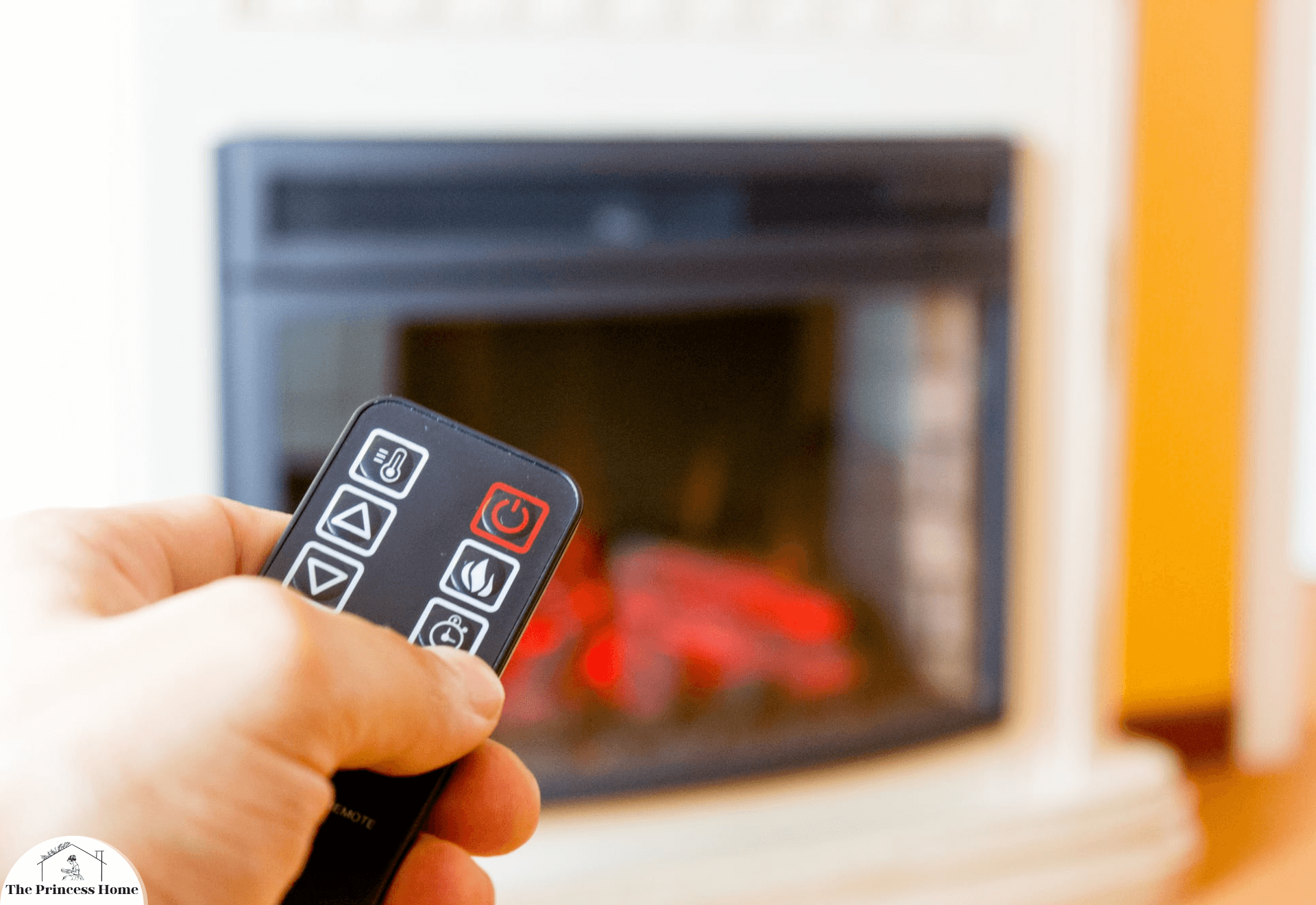
1.Smart Fireplaces:
Remote Controls and Smart Devices:
- One of the standout innovations in modern fireplace technology is the integration of remote controls and compatibility with smart devices. Many contemporary fireplaces come equipped with remote controls, enabling you to adjust flame intensity, heat output, and even turn the fireplace on or off from the comfort of your seat.
Smart Home Integration:
- Smart fireplaces can seamlessly integrate with popular smart home ecosystems. Whether you use Amazon Alexa, Google Assistant, or Apple HomeKit, you can now command your fireplace with voice controls. This level of integration brings a new dimension of convenience to your fireside experience.
App Connectivity:
- Apps designed for fireplace control offer unparalleled customization. With the tap of a screen, you can adjust flame colors, set timers, and regulate heat output. Some apps even allow you to schedule fireplace sessions, ensuring your home is warm and welcoming whenever you arrive.
2.Energy Efficiency and Sustainability:
Efficient Heating Technologies:
- Modern fireplace technologies prioritize energy efficiency. Features such as zone heating allow you to direct warmth precisely where you need it, optimizing energy consumption and reducing heating costs.
Eco-Friendly Options:
- Some advanced fireplaces utilize eco-friendly fuels or electric heating elements, minimizing their environmental impact. This not only aligns with sustainability goals but also offers cleaner and more efficient combustion.
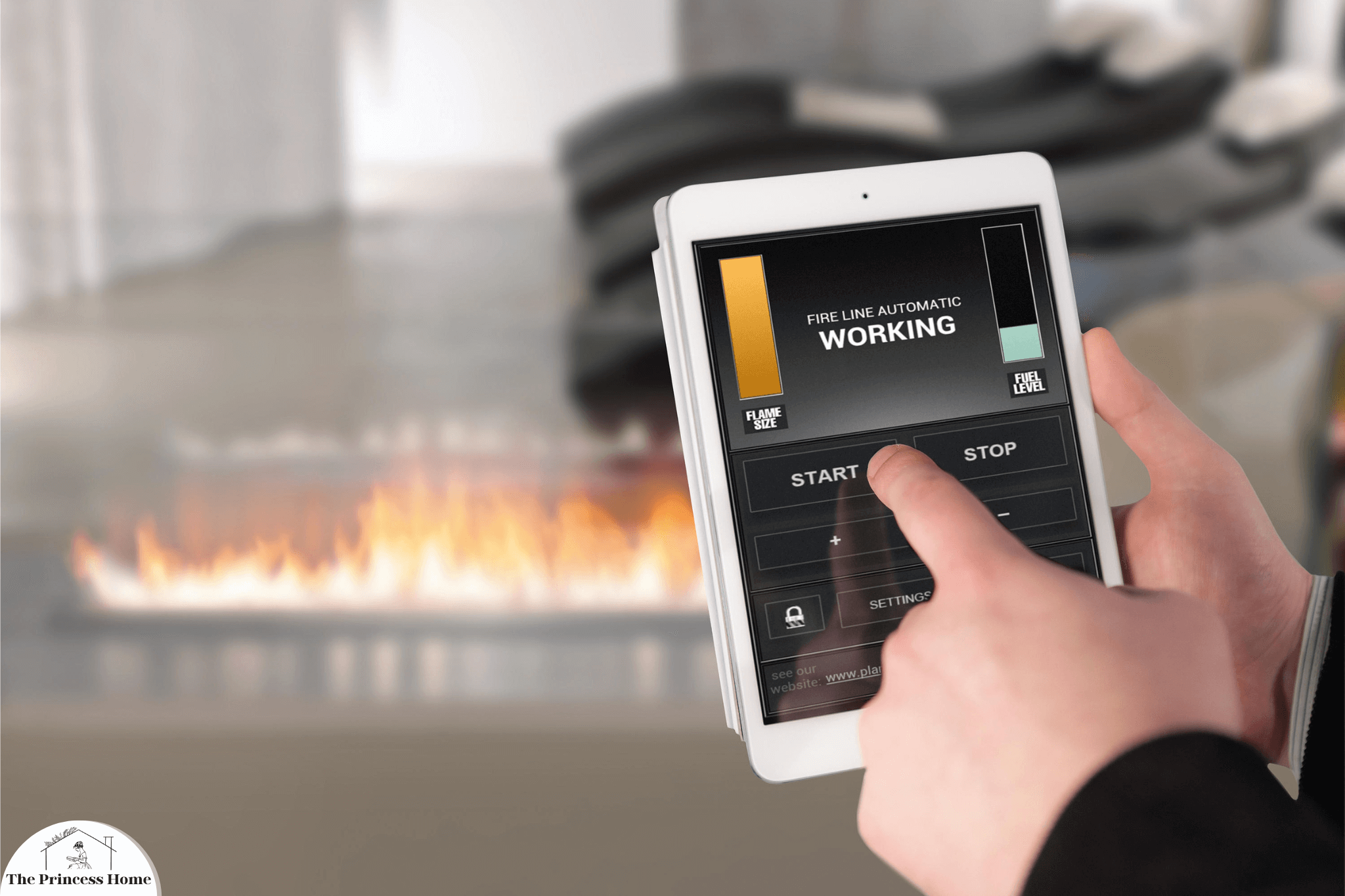
3.Innovative Flame Effects:
Realistic Flame Simulation:
- Advancements in flame simulation technology make modern fireplaces almost indistinguishable from traditional wood-burning fires. Realistic flame patterns and dynamic visuals contribute to an authentic and captivating fireside experience.
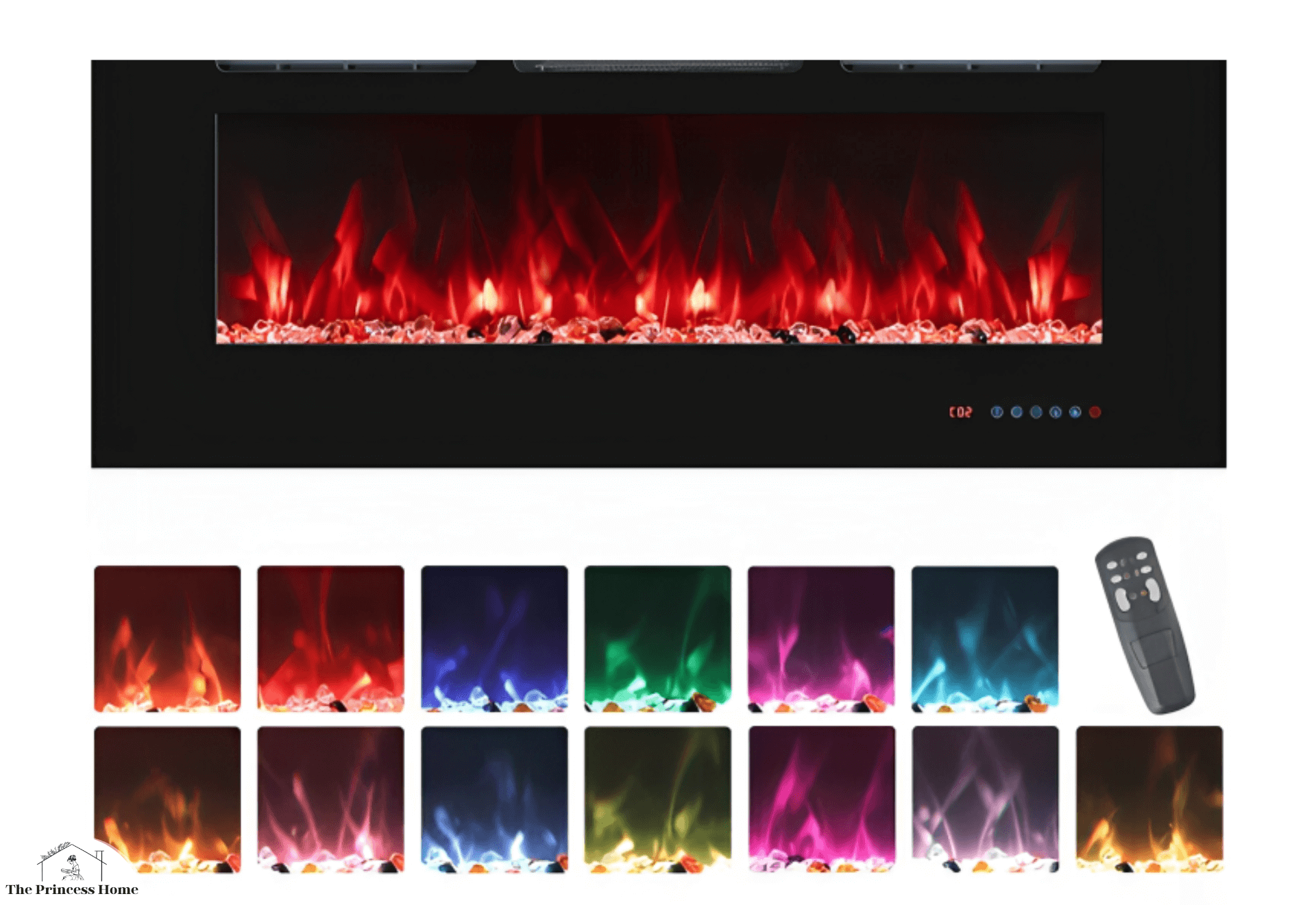
Multicolor Flames:
- For those who seek a touch of whimsy, modern fireplaces often come with multicolor flame options. From vibrant hues to soothing pastels, you can customize the color of your flames to match your mood or the ambiance of the room.
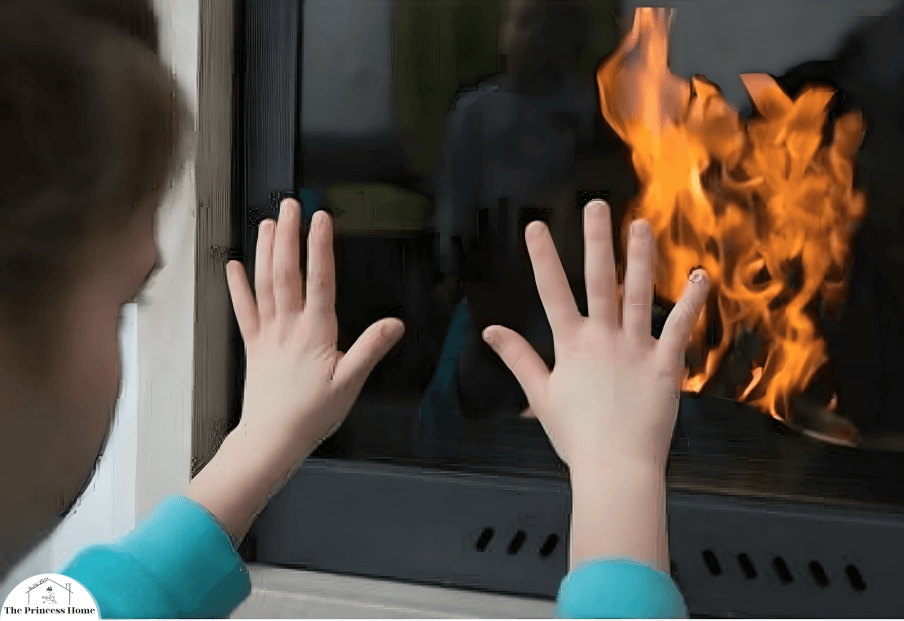
4.Safety Enhancements:
Automatic Shut-Off Features:
- Smart fireplaces often include automatic shut-off features for added safety. Whether detecting overheating or monitoring for unusual behavior, these systems ensure that your fireplace operates within safe parameters.
Childproof Controls:
- Childproof controls are becoming a standard in modern fireplaces. Features like touch-sensitive controls with password protection or physical lockout options add an extra layer of safety, especially in homes with young children.
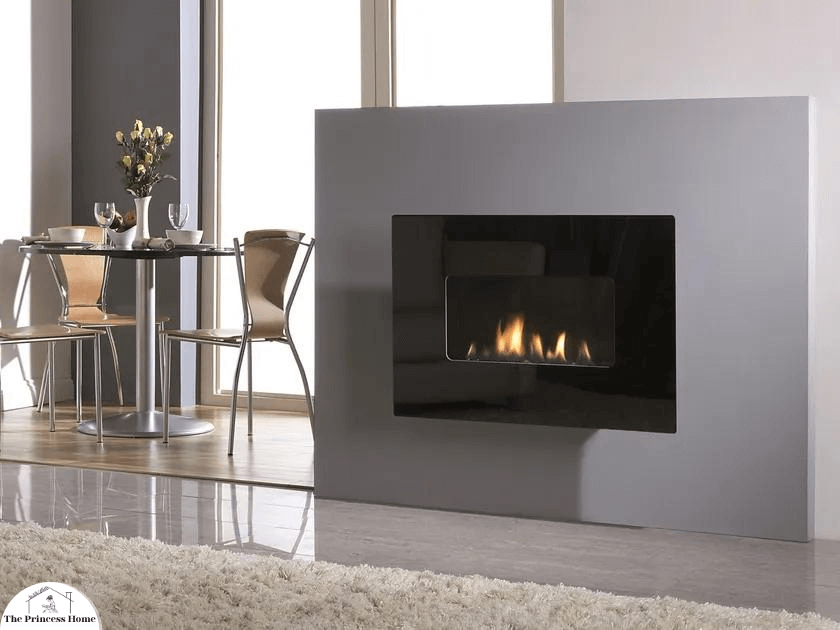
5.Stay Informed and Up-to-Date:
Manufacturer Updates and Upgrades:
- To fully enjoy the benefits of modern fireplace technologies, stay informed about updates and upgrades released by manufacturers. These may include software updates, new features, or improved compatibility with the latest smart home devices.
Explore Emerging Technologies:
- Keep an eye on emerging technologies in the fireplace industry. From augmented reality flame projections to AI-driven customization, the future promises even more innovative ways to enhance your fireside experience.
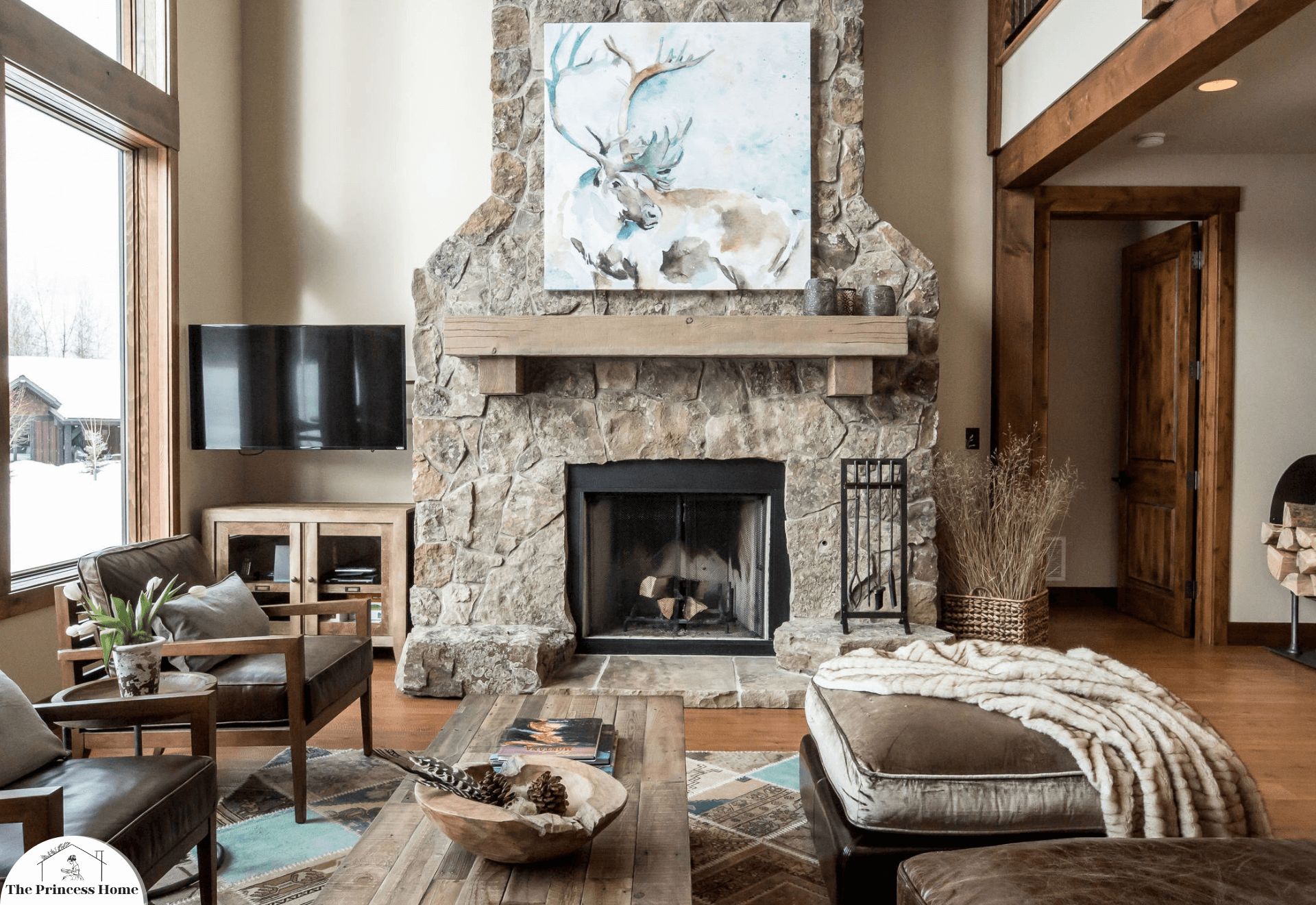
8.Setting the Atmosphere
Beyond safety considerations, creating a cozy atmosphere is key to enjoying your fireplace fully. Consider adding comfortable seating, plush blankets, and soft cushions around the fireplace. Dimming the lights or using candles can contribute to a warm and inviting ambiance.
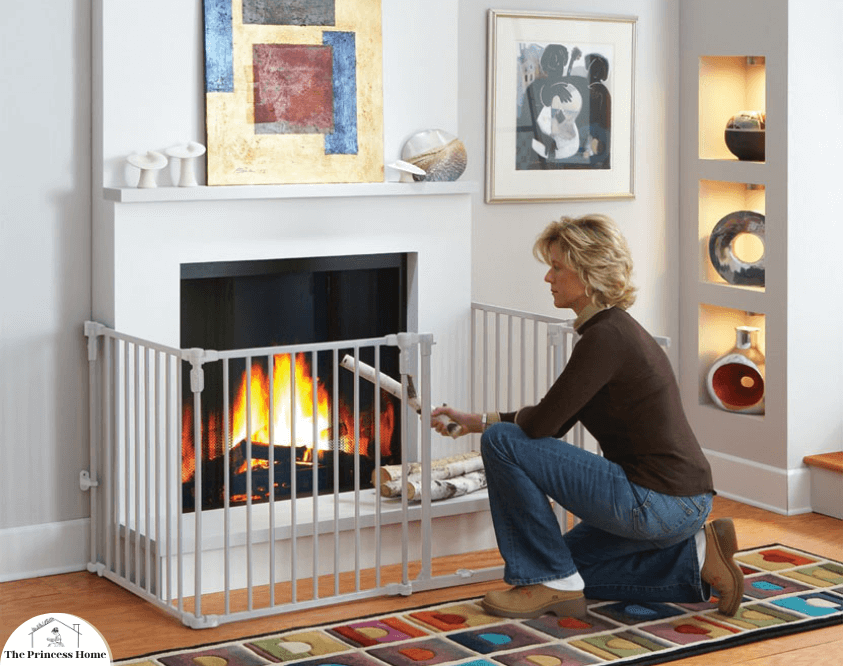
9.Practicing Responsible Use
Whether it’s extinguishing the fire before bedtime or never leaving a fireplace unattended, practicing responsible use is paramount. Following recommended guidelines for usage, especially when it comes to leaving children or pets unattended around the fireplace, ensures a safe and enjoyable experience for everyone.
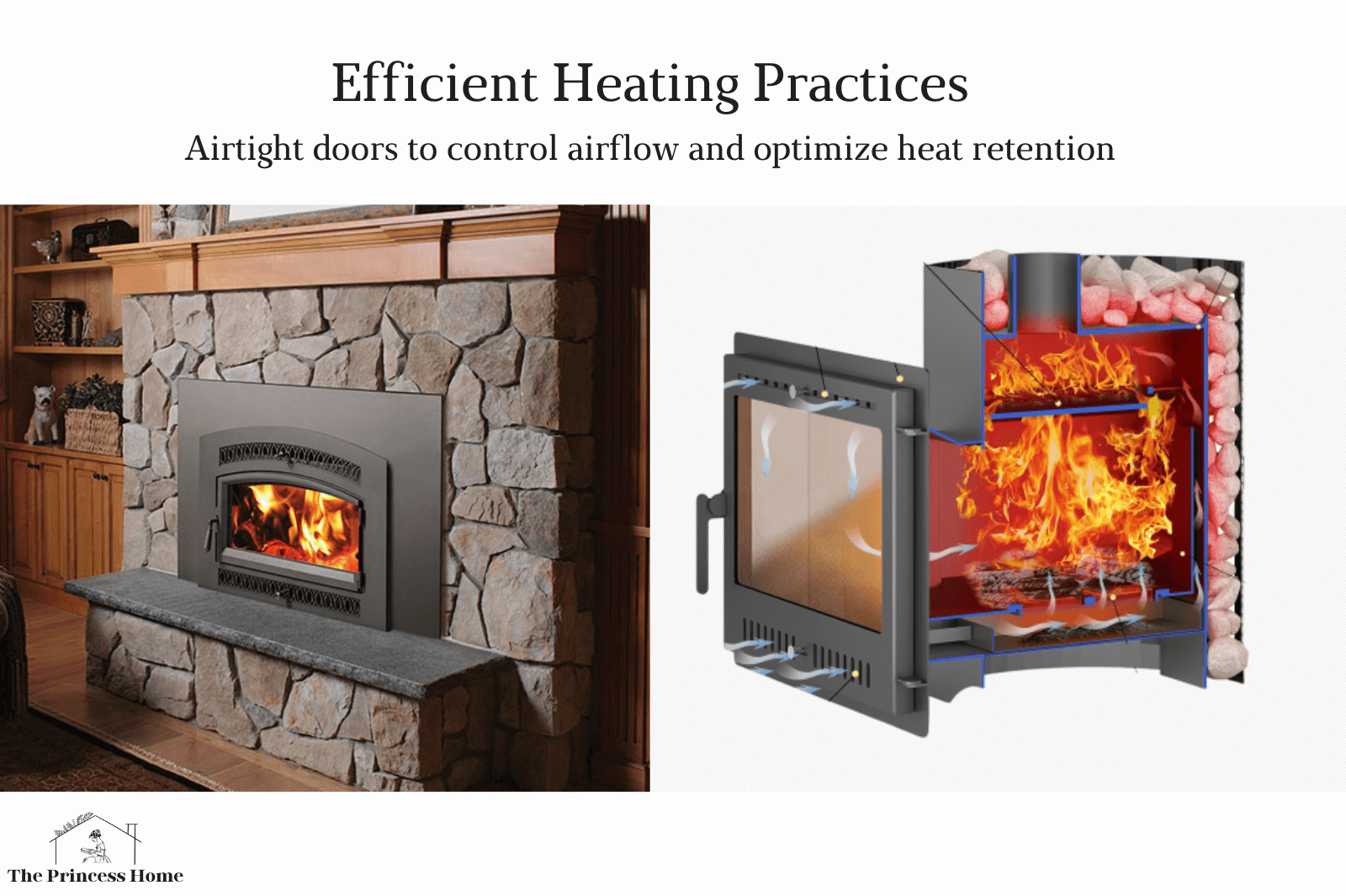
10.Efficient Heating Practices
If your fireplace serves a heating function, implement practices that enhance its efficiency. For wood-burning fireplaces, use airtight doors to control airflow and optimize heat retention. Gas fireplaces often come with adjustable heat settings—find the right balance to maintain a comfortable temperature without unnecessary energy consumption.
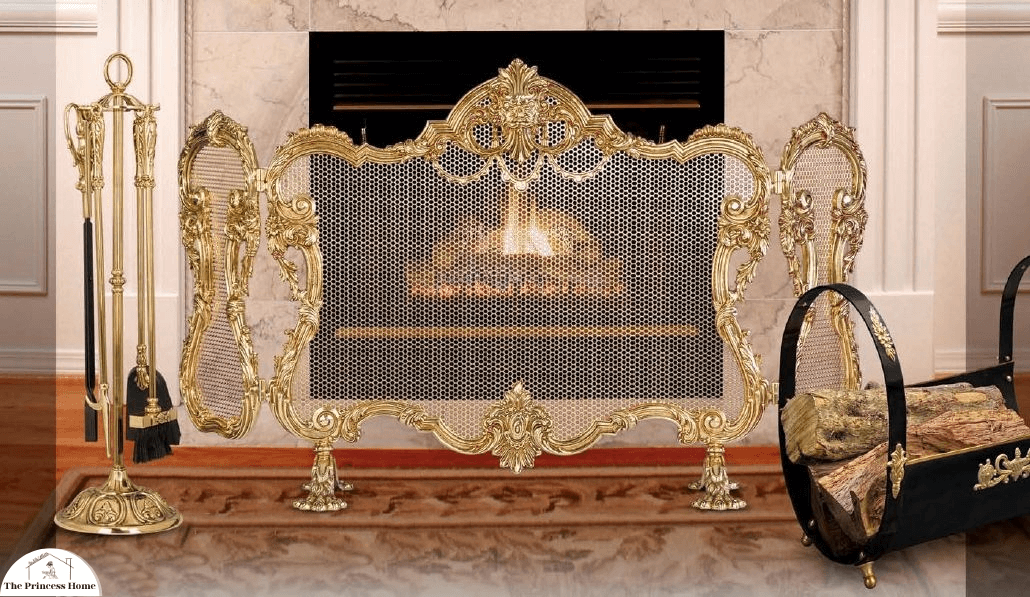
11.Investing in Fireplace Accessories
Enhance your fireside experience by investing in quality fireplace accessories. Tools such as pokers, tongs, and brushes are not only practical for maintaining the fire but can also add a touch of elegance to your fireplace setting. Decorative screens and mantelpiece decorations can further personalize the space.
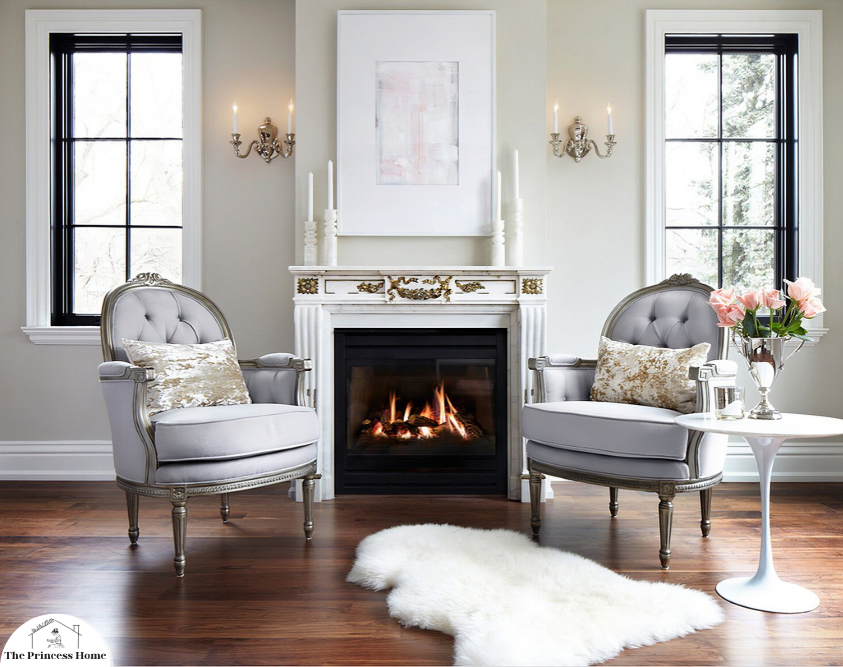
12.Creating a Relaxation Ritual
Make the most of your fireplace by turning it into a relaxation ritual. Consider incorporating calming activities such as reading a book, enjoying a cup of tea, or simply unwinding with soft music. Building a fireside routine can elevate the experience and make it a cherished part of your daily life.
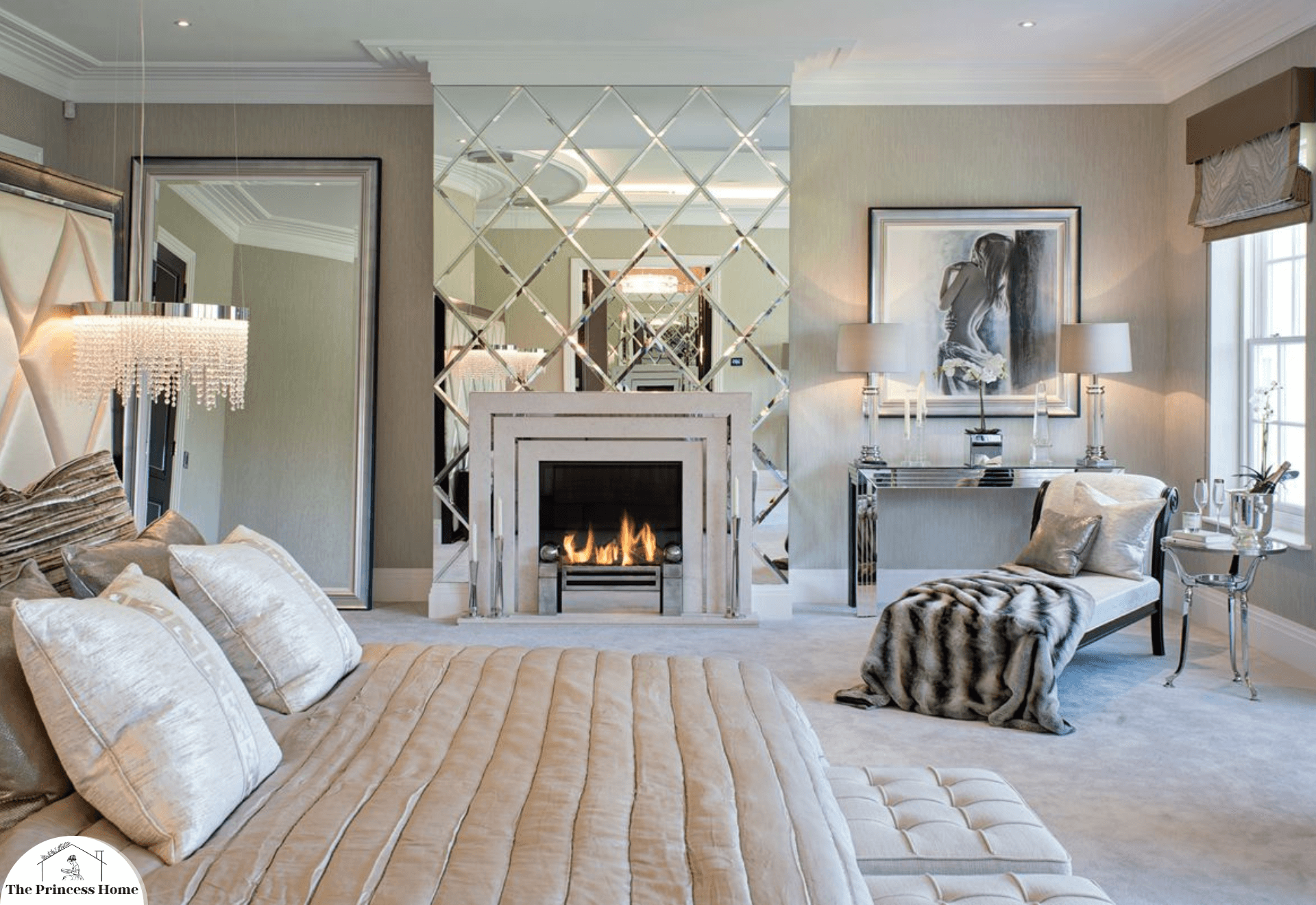
13.Weather-Responsive Usage
Adjust your fireplace usage based on the weather. On chilly winter nights, a roaring fire might be perfect, while a milder evening might call for a more subdued flame. This responsive approach not only maximizes comfort but also aligns with responsible and energy-conscious fireplace use.
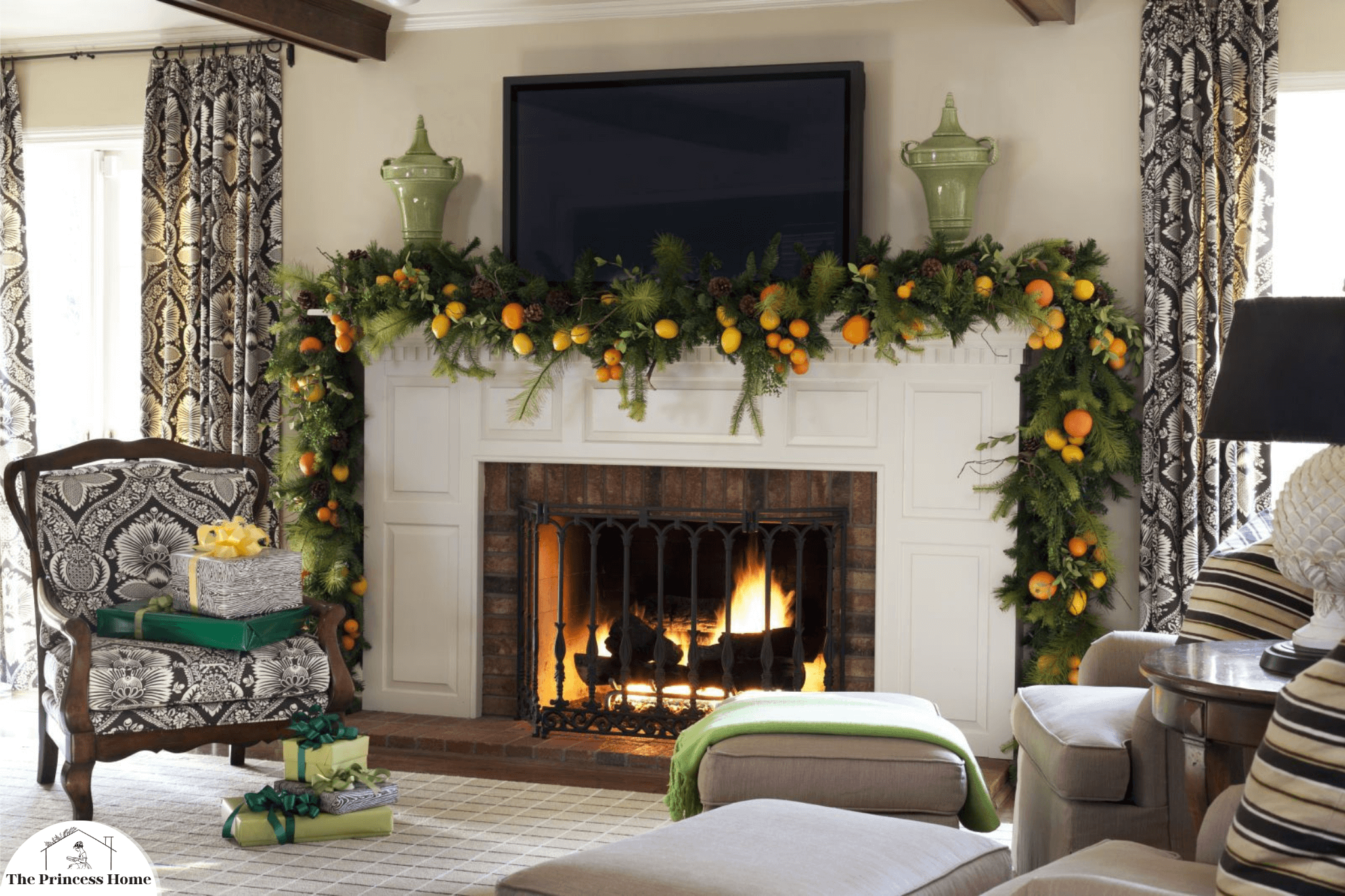
14.Incorporating Seasonal Decor
Change up the ambiance of your fireplace area with seasonal decorations. During the festive season, adorn the mantel with holiday accents, and in the warmer months, consider incorporating elements like flowers or greenery. Adapting the fireplace decor to the seasons keeps the space dynamic and visually appealing.
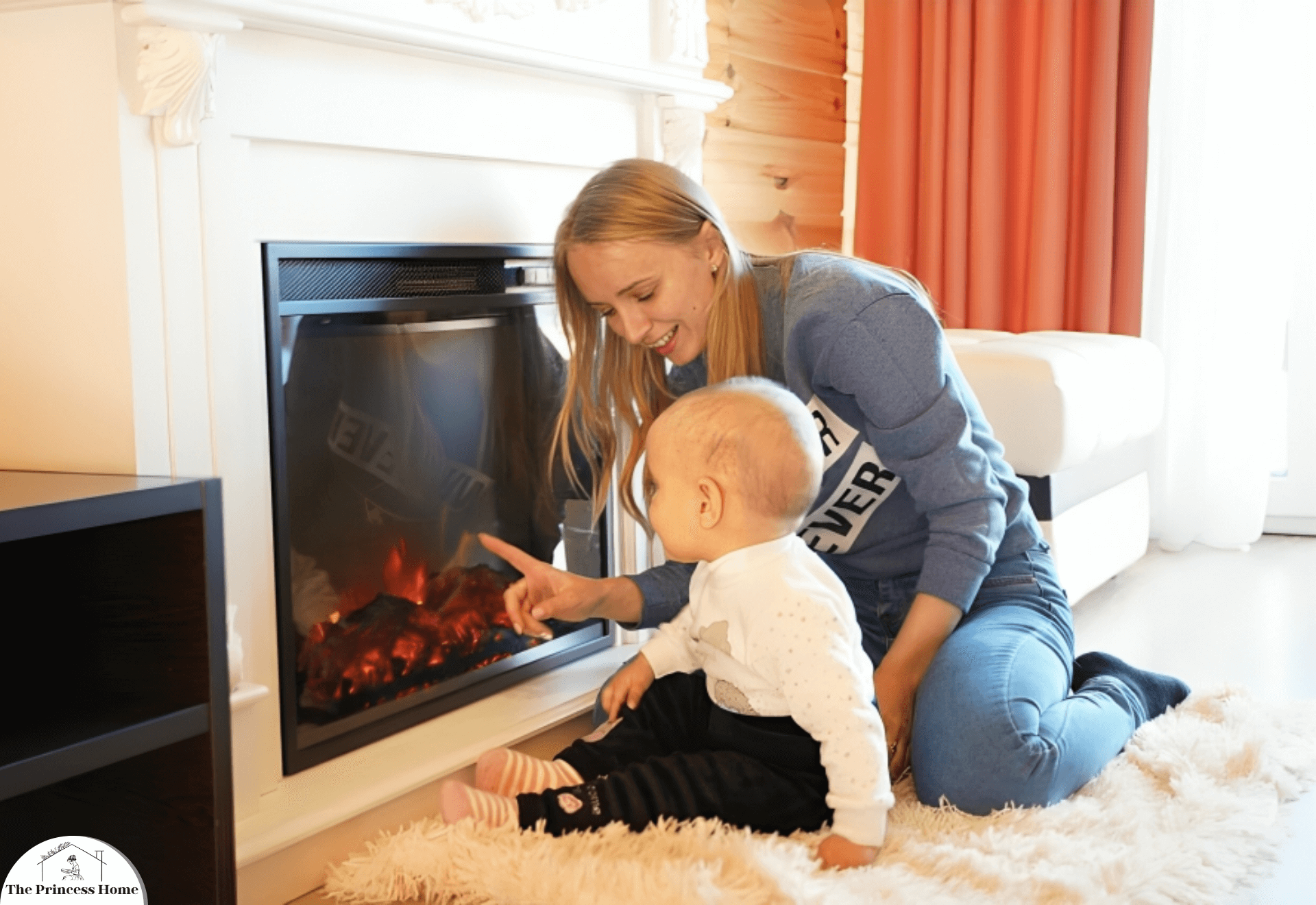
15.Educating Household Members
Ensure that all members of your household are educated about fireplace safety and proper usage. Teach children about the potential hazards associated with the fireplace and instill responsible habits from a young age. This not only promotes safety but also fosters a shared understanding of the fireplace as a source of enjoyment.
Incorporating these additional elements into your fireside routine can contribute to a more enriching and enjoyable experience. By combining safety measures, responsible practices, and creative enhancements, you can transform your fireplace into a versatile and cherished part of your home, offering both comfort and aesthetic pleasure throughout the year.
Frequently Asked Questions about Properly Using a Fireplace
Q1: What type of firewood is best for a fireplace?
A1: Dry and well-seasoned hardwoods like oak, maple, and birch are ideal for efficient burning and producing less creosote buildup. Avoid using softwoods like pine, as they can create excess creosote and lead to chimney issues.
Q2: How often should I inspect my chimney?
A2: It’s recommended to have your chimney inspected by a certified professional at least once a year, even if you use your fireplace infrequently. Regular inspections ensure proper ventilation and identify potential hazards early on.
Q3: Can I burn treated or painted wood in my fireplace?
A3: No, burning treated or painted wood is not recommended. These materials can release harmful chemicals into the air and create health hazards. Stick to untreated, natural wood for safe and clean burning.
Q4: Should I keep the damper open while the fire is burning?
A4: Yes, it’s important to keep the damper partially open while the fire is burning. This allows for proper ventilation and helps prevent smoke from entering the room.
Q5: How can I prevent sparks from flying out of the fireplace?
A5: To prevent sparks and embers from escaping the fireplace, use a fire screen. A fire screen acts as a barrier, keeping the sparks contained and reducing the risk of accidental fires.
Q6: What should I do if I detect a strong smell of smoke in the room?
A6: If you notice a strong smell of smoke in the room, it might indicate that the damper isn’t fully open or that there’s an issue with the chimney’s airflow. Check the damper and adjust it if needed, and make sure the room is well-ventilated.
Q7: Is it safe to leave a fire unattended?
A7: It’s not recommended to leave a fire unattended. Always monitor the fire and ensure it’s properly managed. If you need to leave the room, extinguish the fire safely before doing so.
Q8: How do I extinguish a fire properly when I’m done using it?
A8: To extinguish a fire, let it burn down naturally if possible. Once the fire has completely burned out, close the damper to prevent drafts. If immediate extinguishing is necessary, use a small amount of water or sand to douse the fire.
Q9: Can I use my fireplace if I have respiratory issues?
A9: If you or someone in your household has respiratory issues, it’s important to be cautious when using the fireplace. Ensure proper ventilation and consider using an air purifier to minimize smoke exposure.
Q10: How can I keep my fireplace looking clean and attractive?
A10: Regularly clean the fireplace to prevent soot and creosote buildup. Use a fireplace brush or vacuum designed for ash removal. Consider adding decorative accessories like a mantel, fire-resistant rug, or decorative screen to enhance the fireplace’s visual appeal.
Q11: Are there any environmental considerations when using a fireplace?
A11: Yes, it’s important to use sustainably sourced firewood to minimize your environmental impact. Avoid burning materials that release harmful toxins into the air. Responsible firewood choices contribute to a cleaner and safer environment.
Q12: Why is carbon monoxide awareness important when using a fireplace?
A12: Carbon monoxide is a colorless and odorless gas that can be produced by incomplete combustion. Proper ventilation, installing carbon monoxide detectors, and keeping your fireplace well-maintained are crucial to prevent the buildup of this dangerous gas.
Remember, while this FAQ section addresses common questions, individual circumstances may vary. Always prioritize safety and consult professionals when needed for the best fireplace experience.






